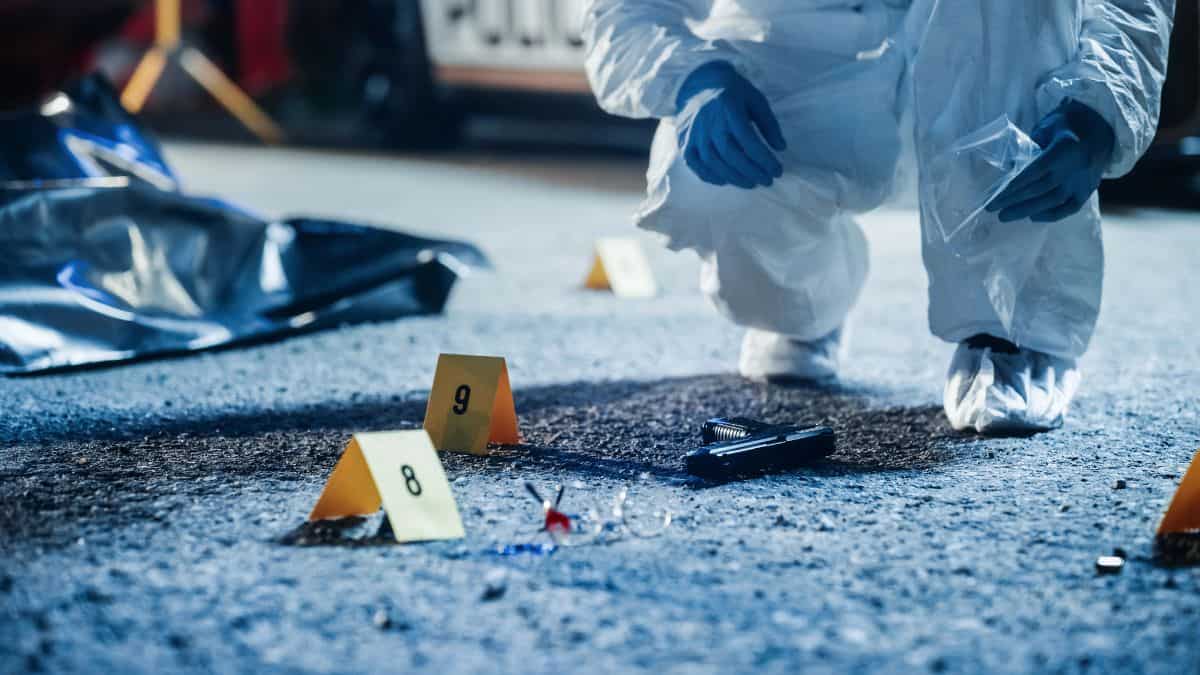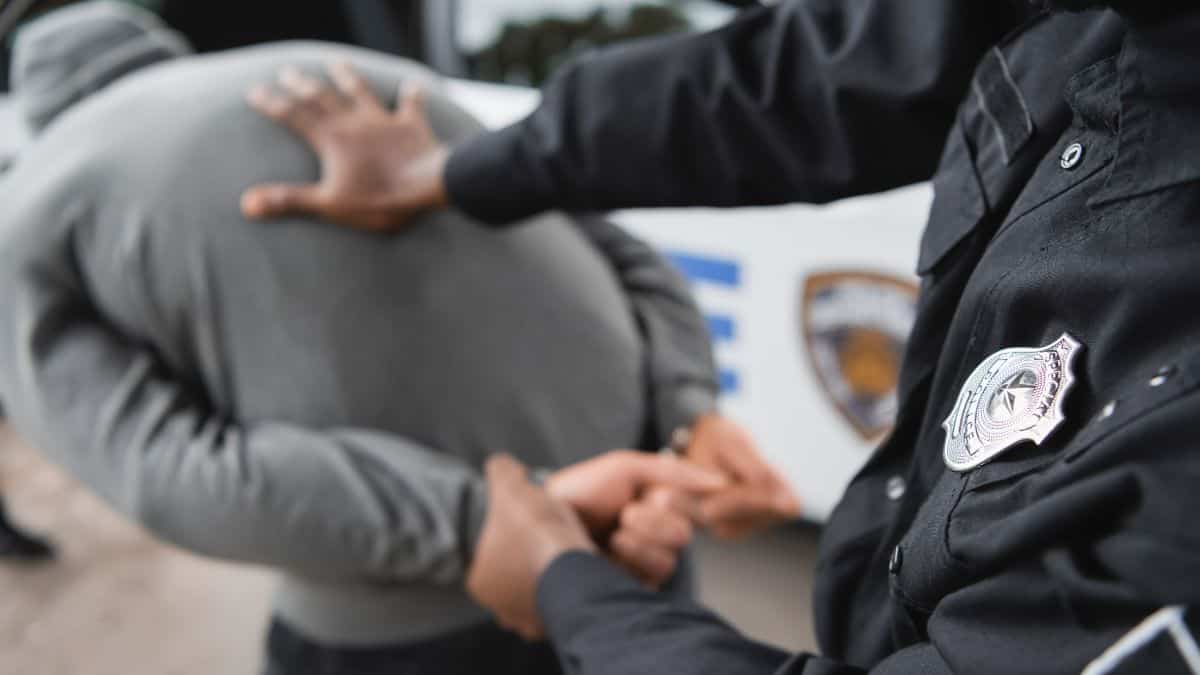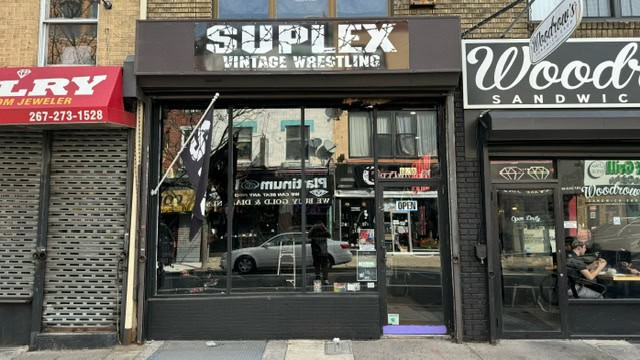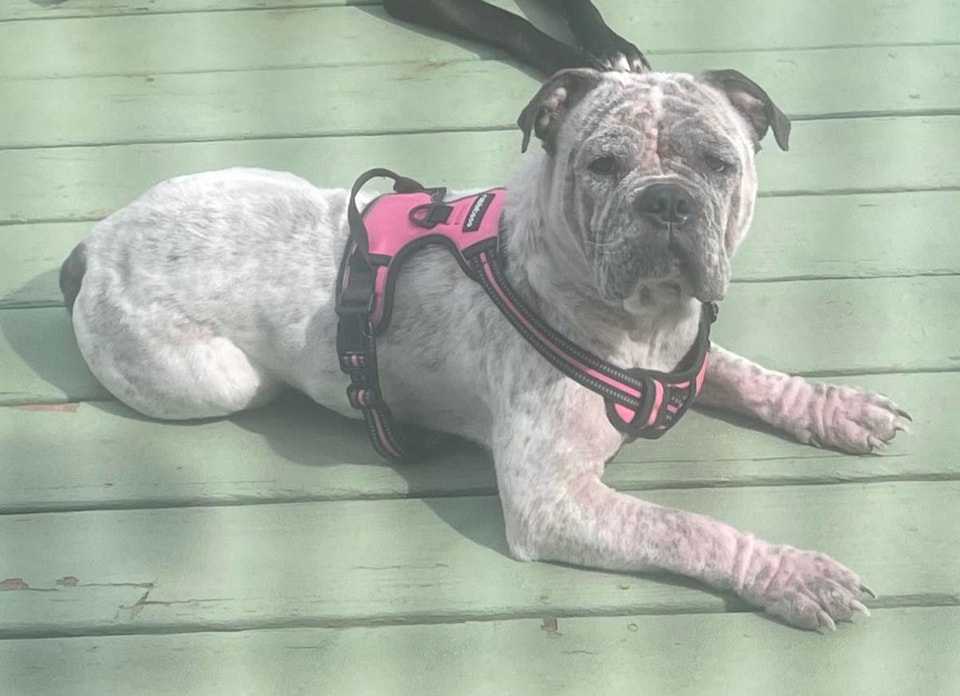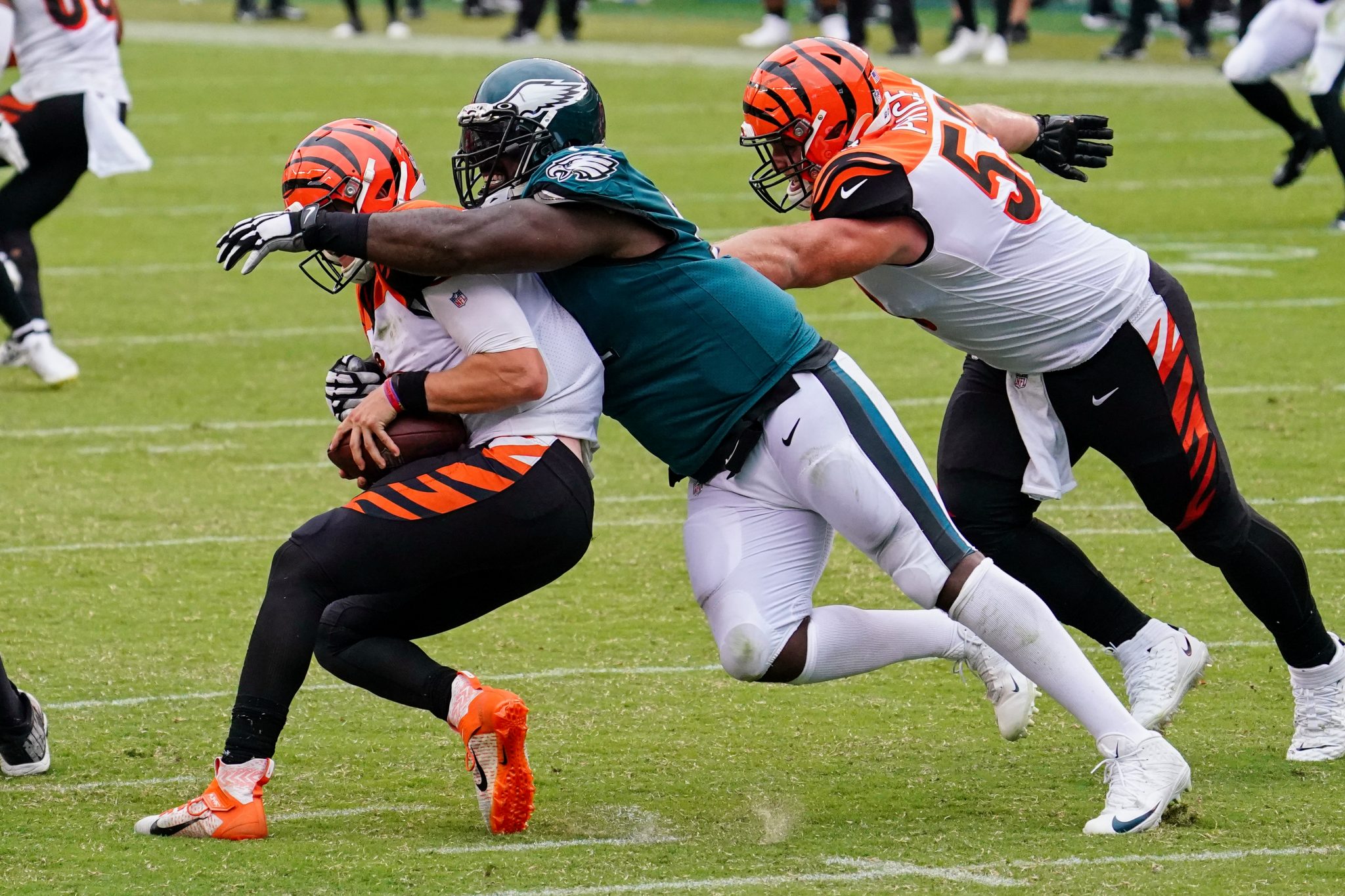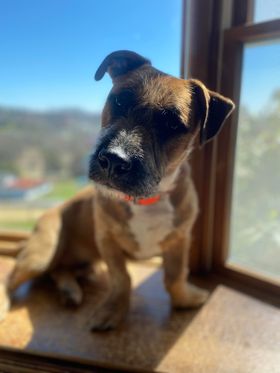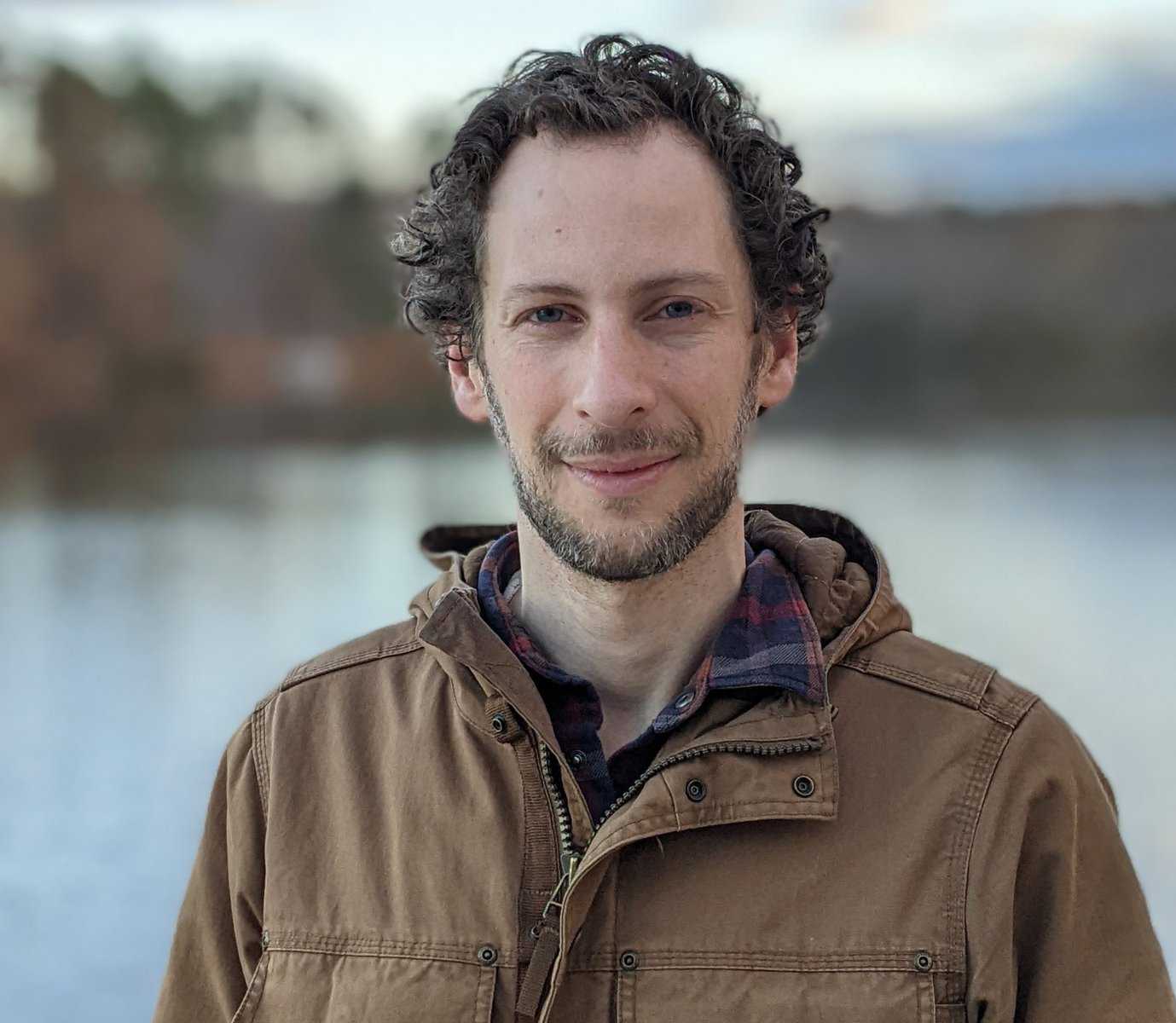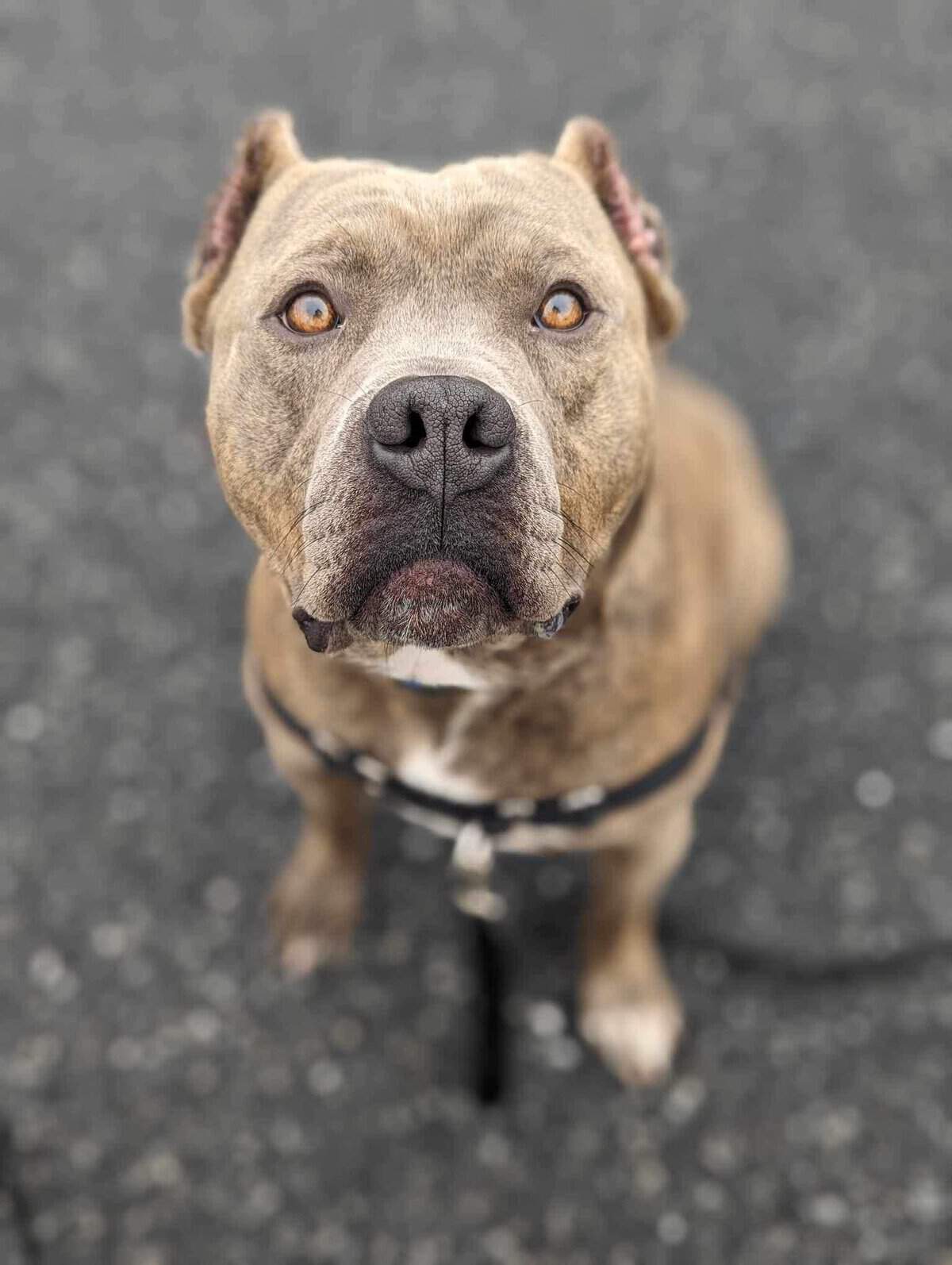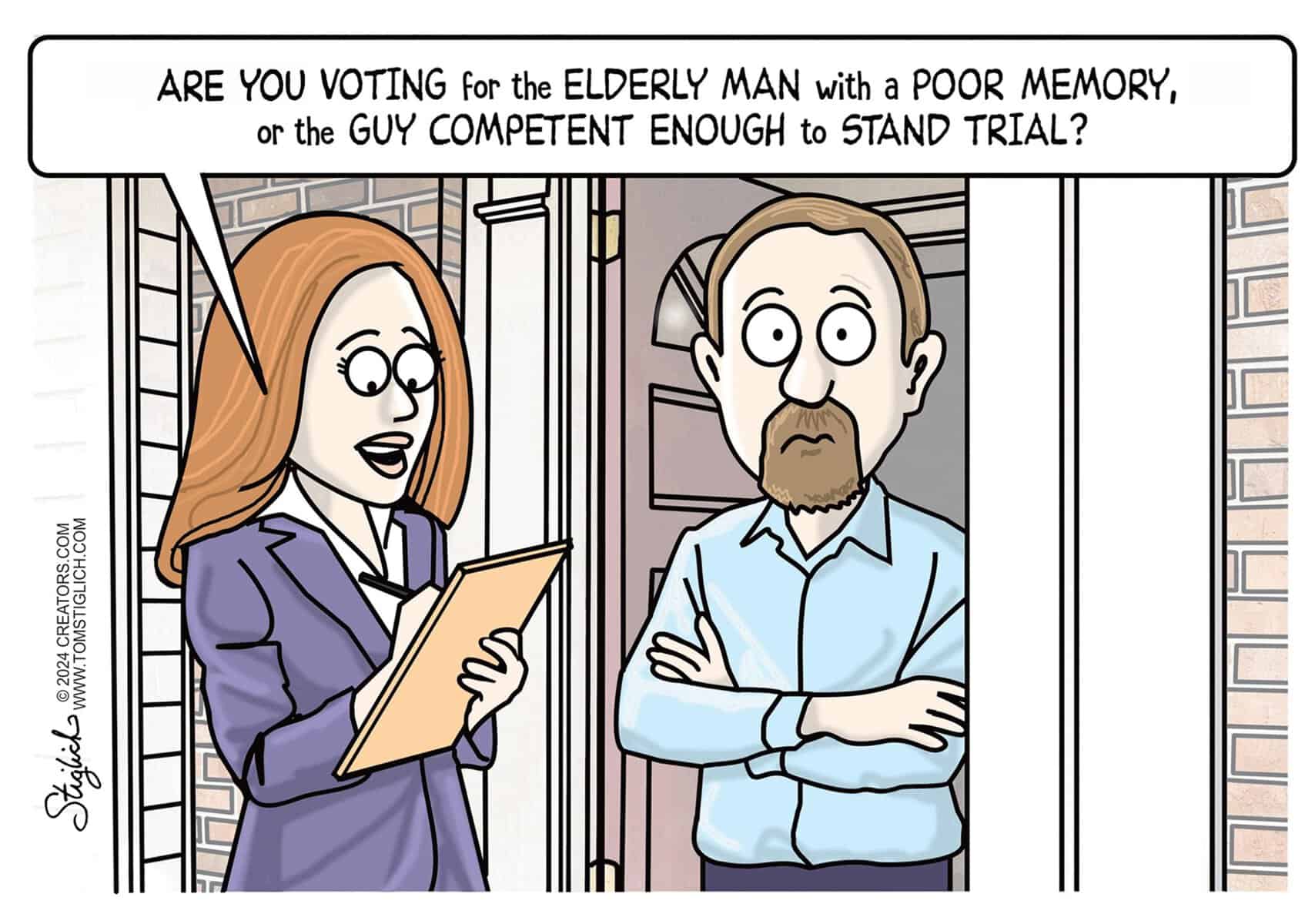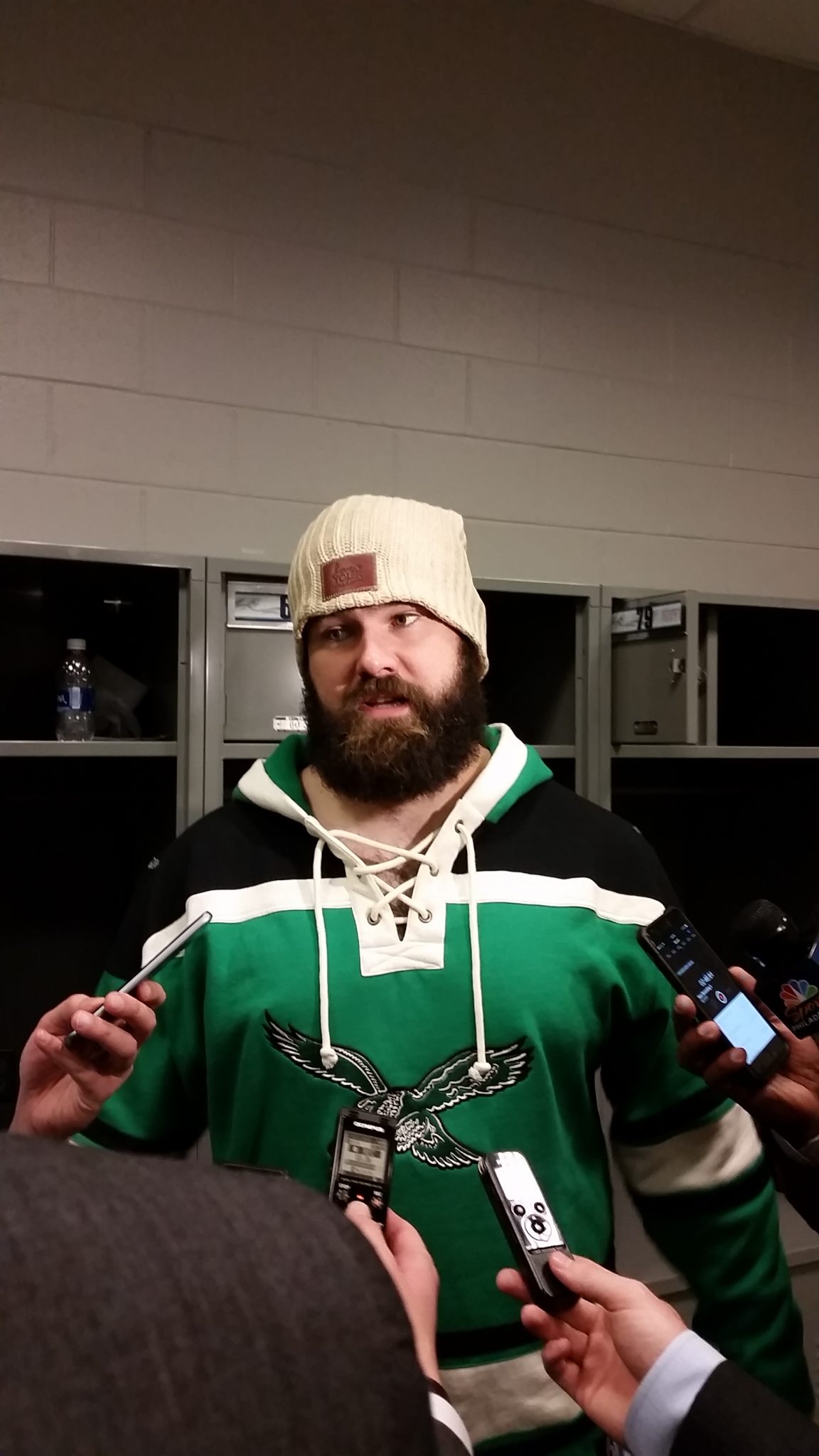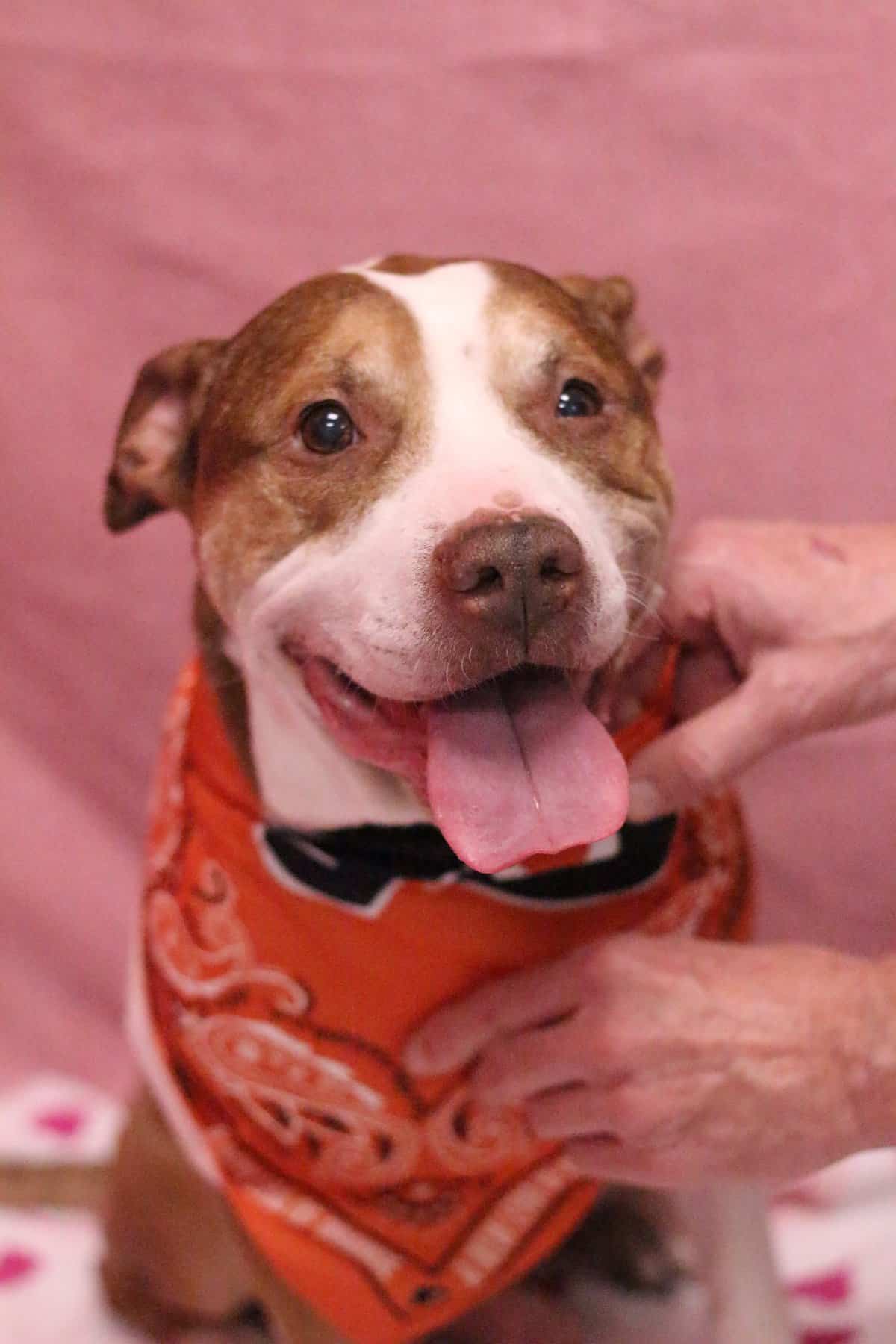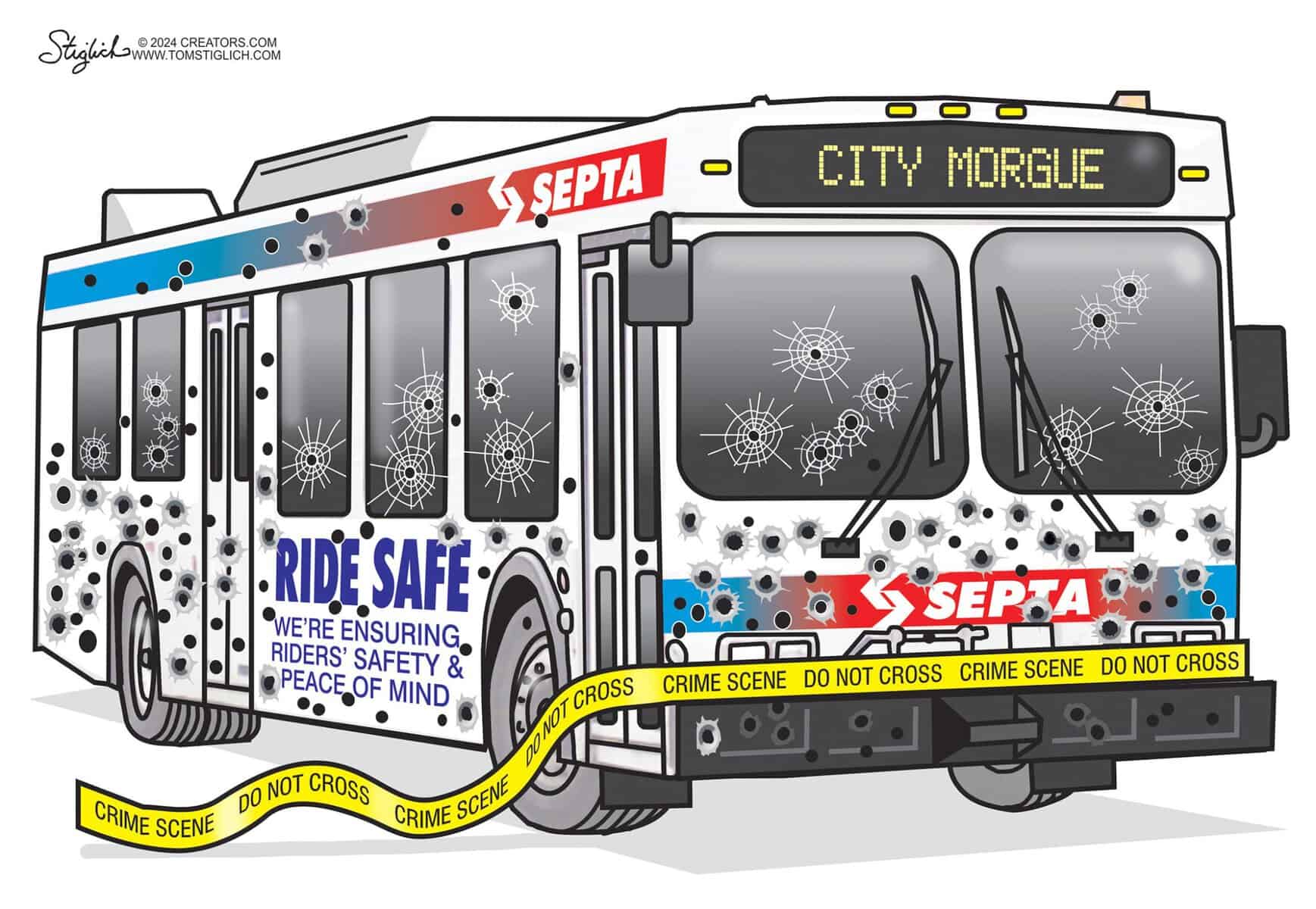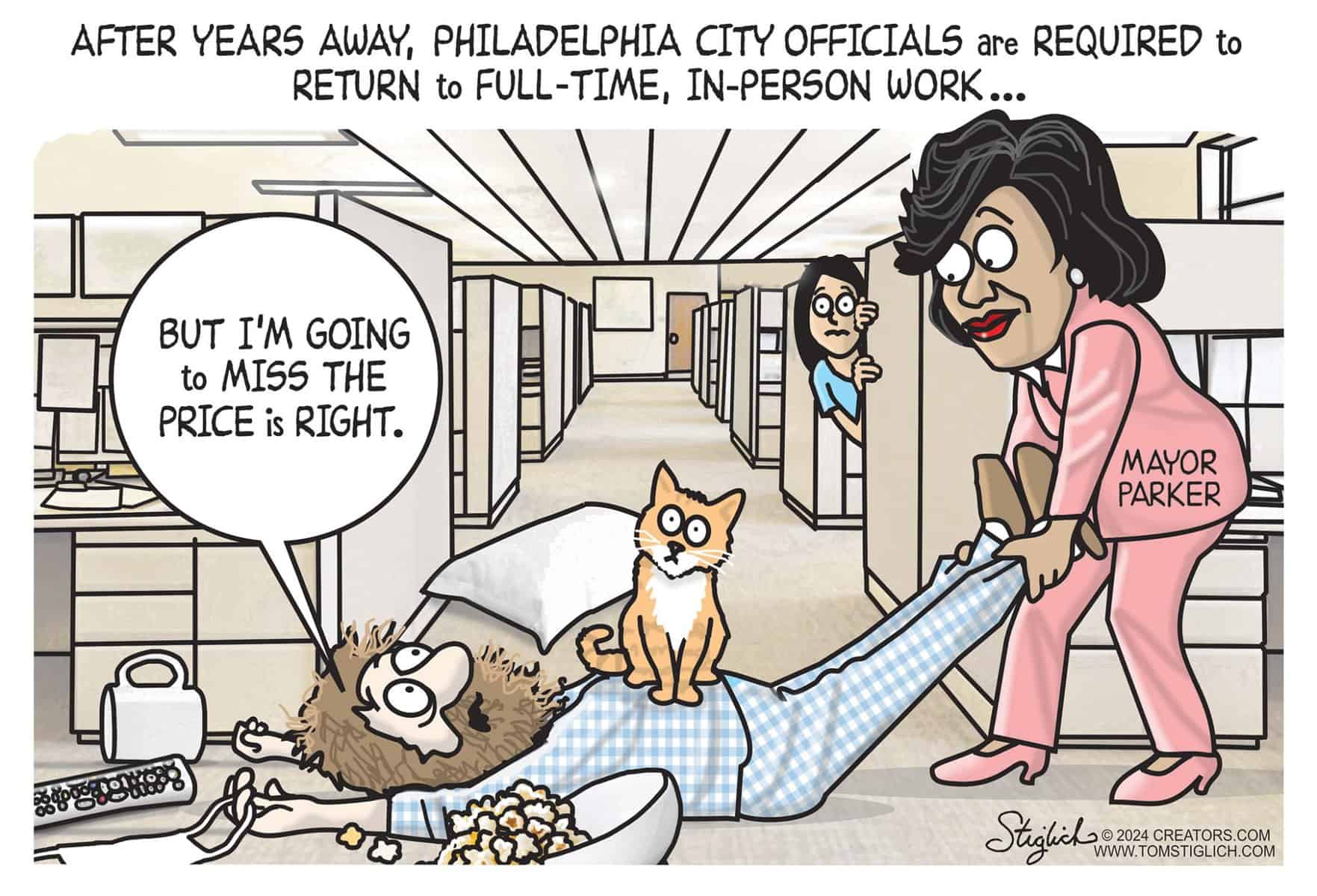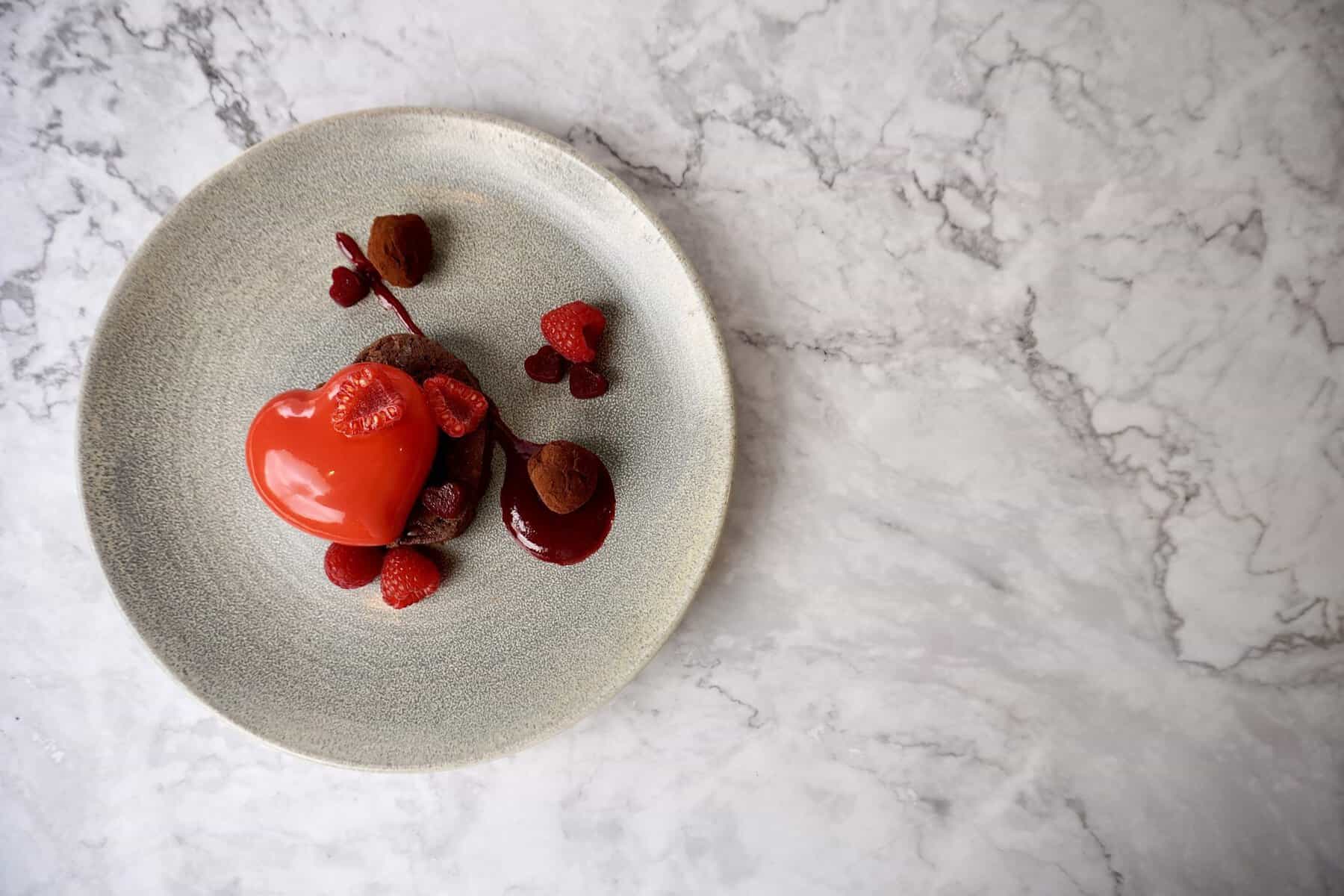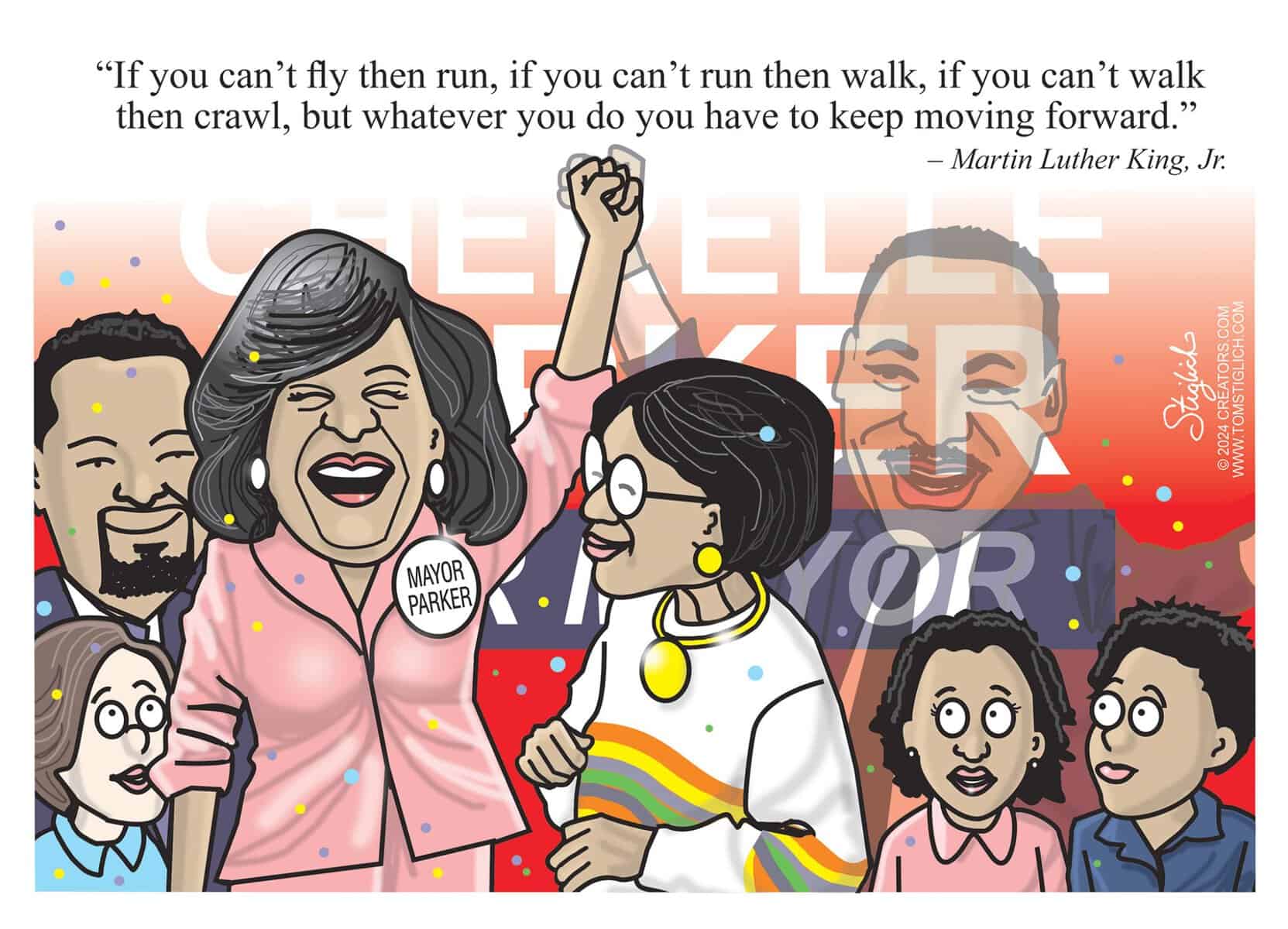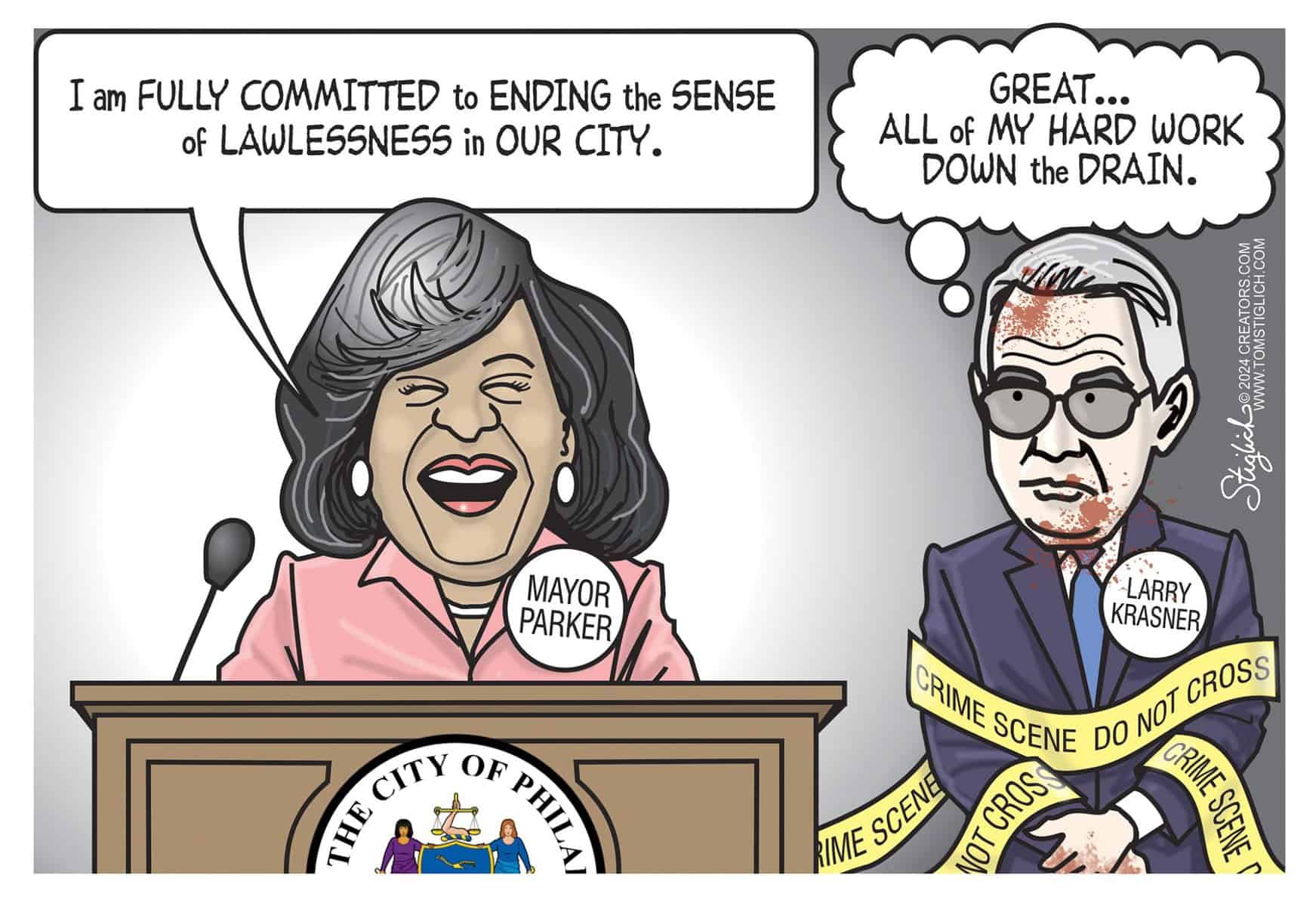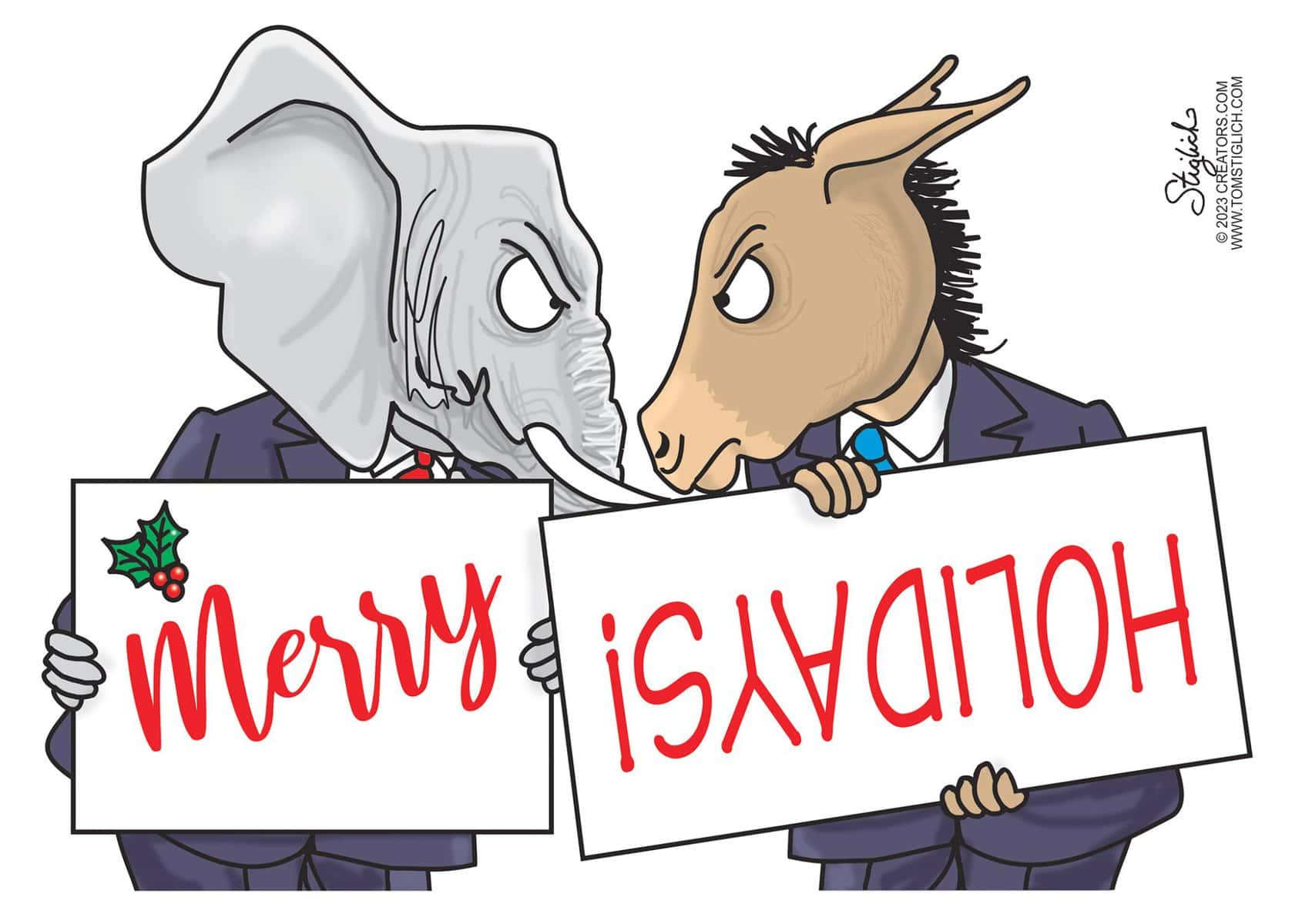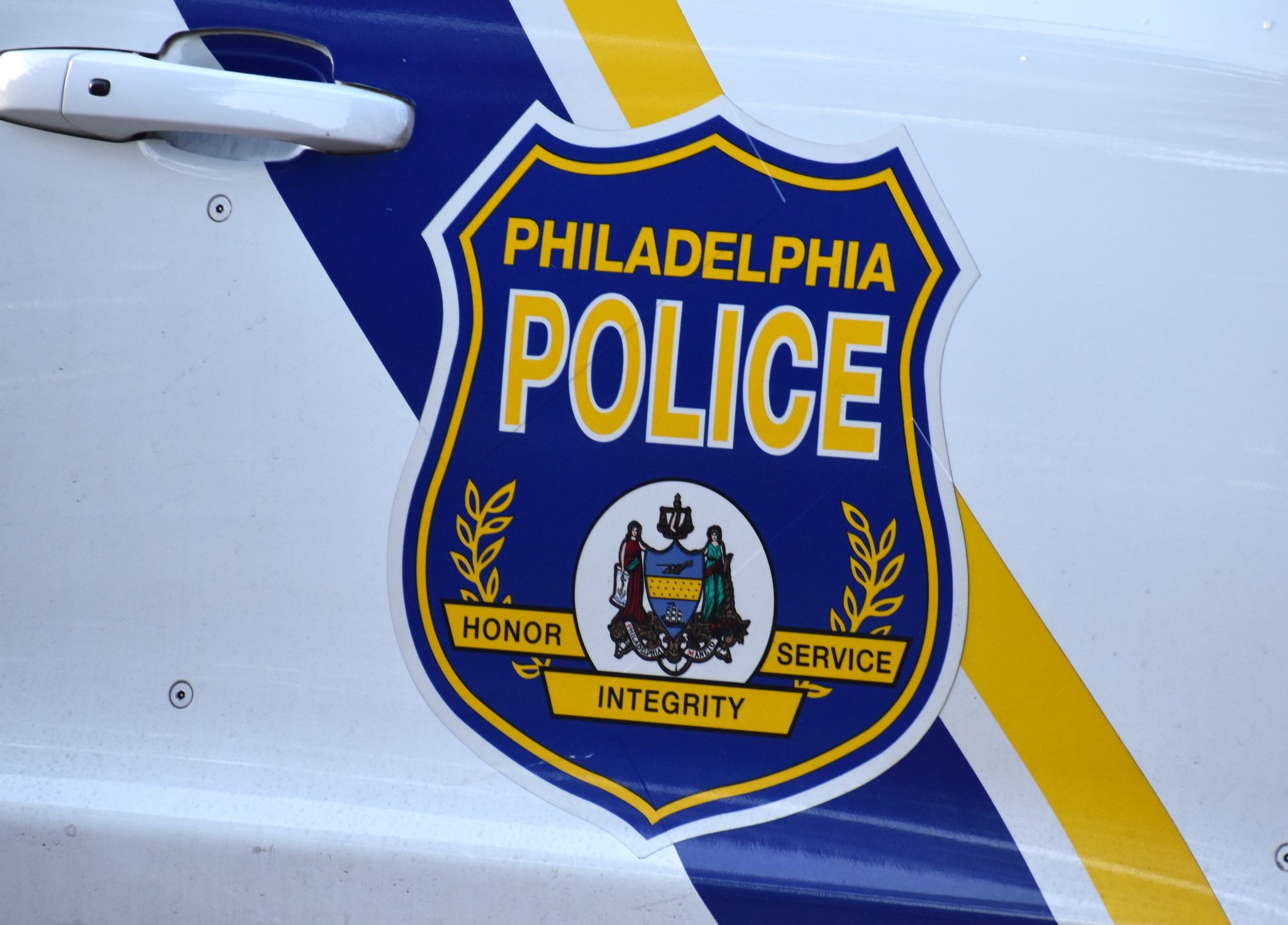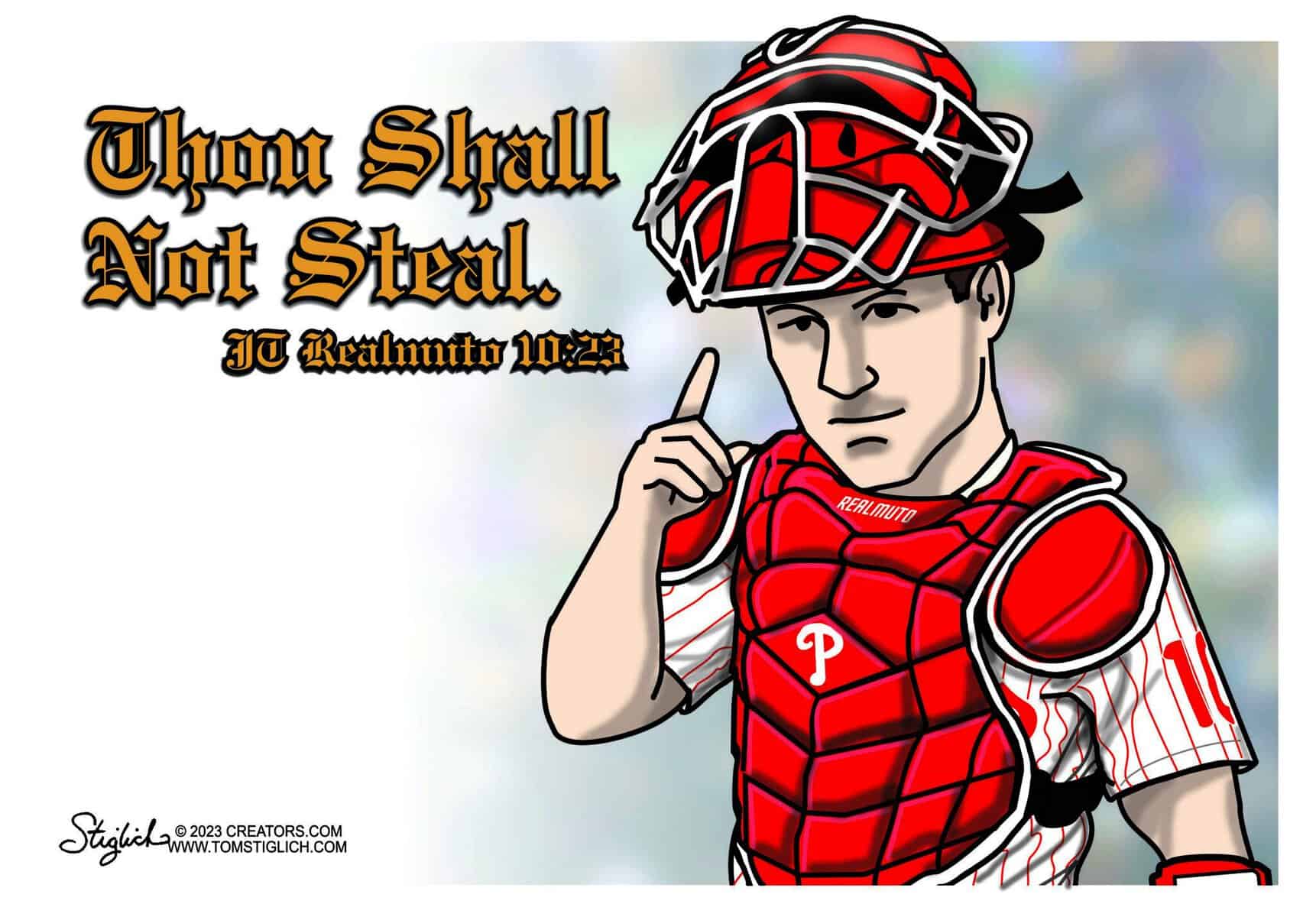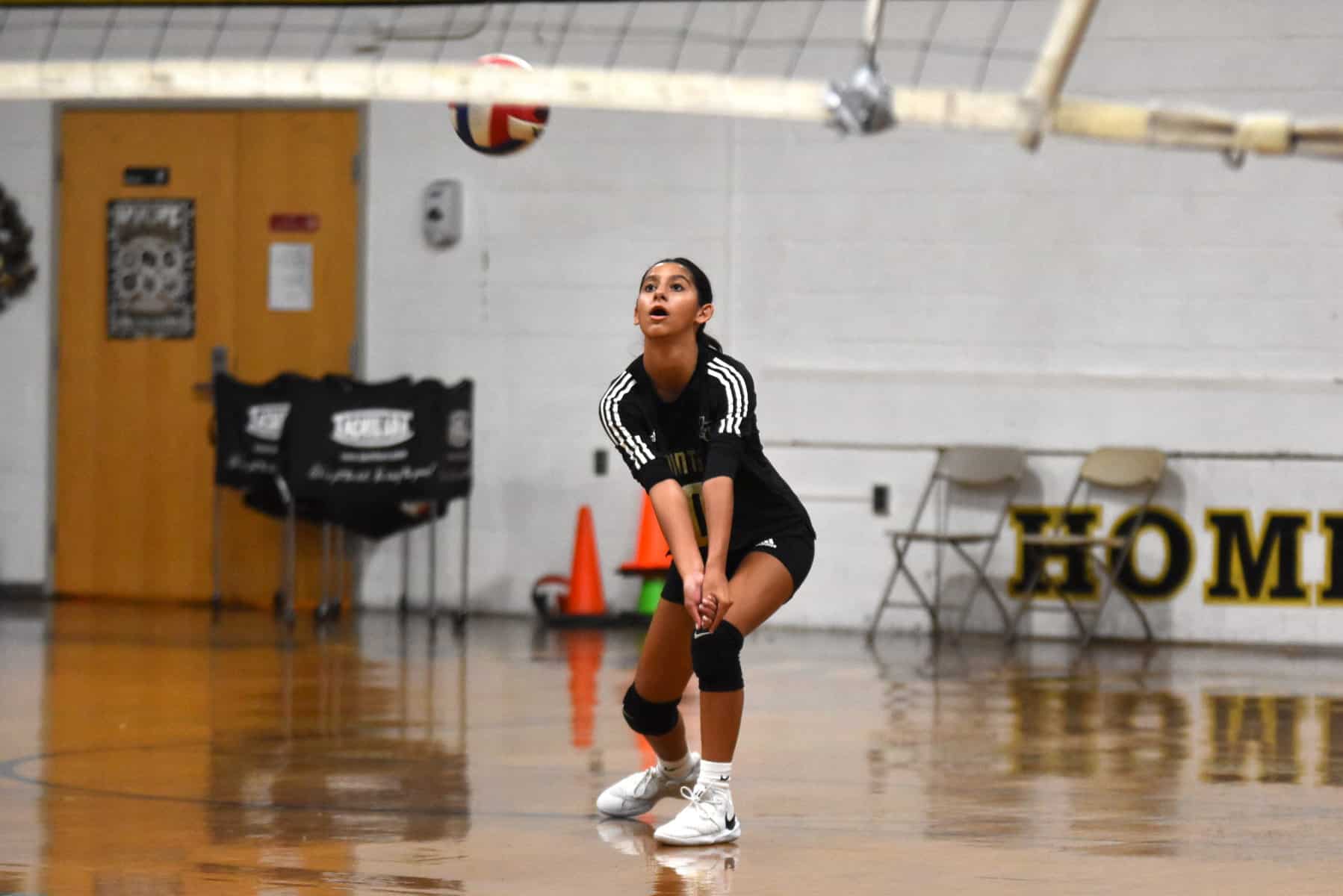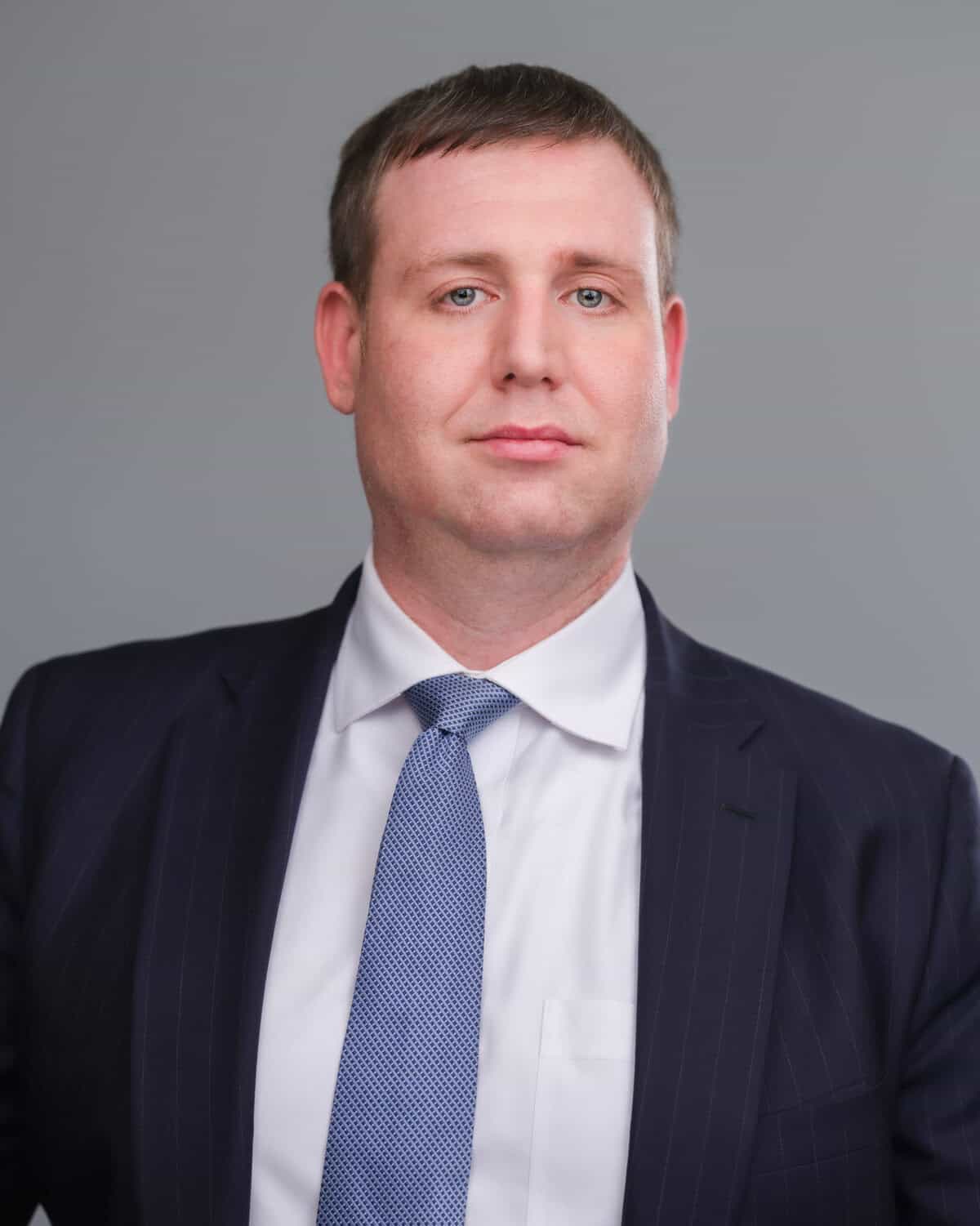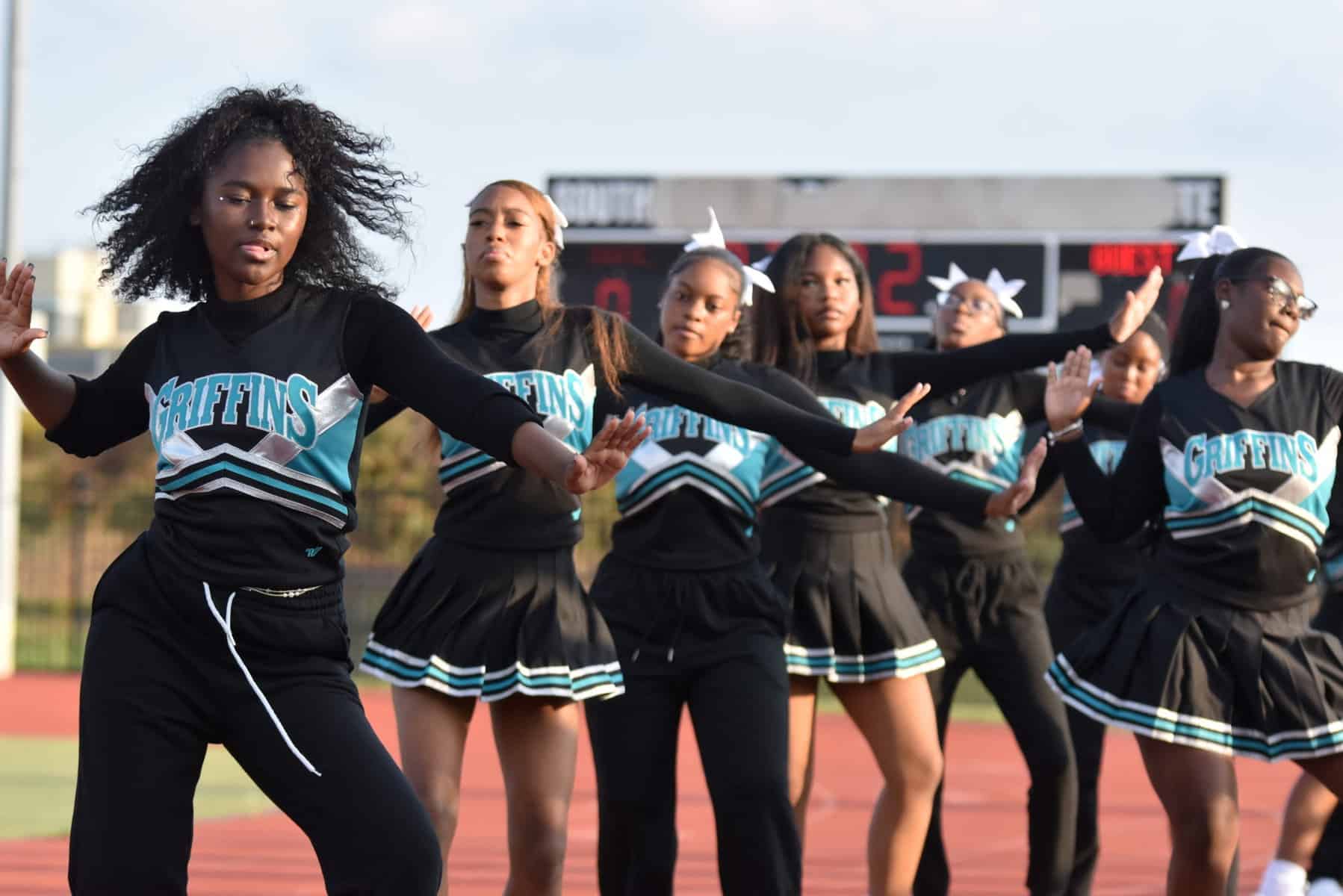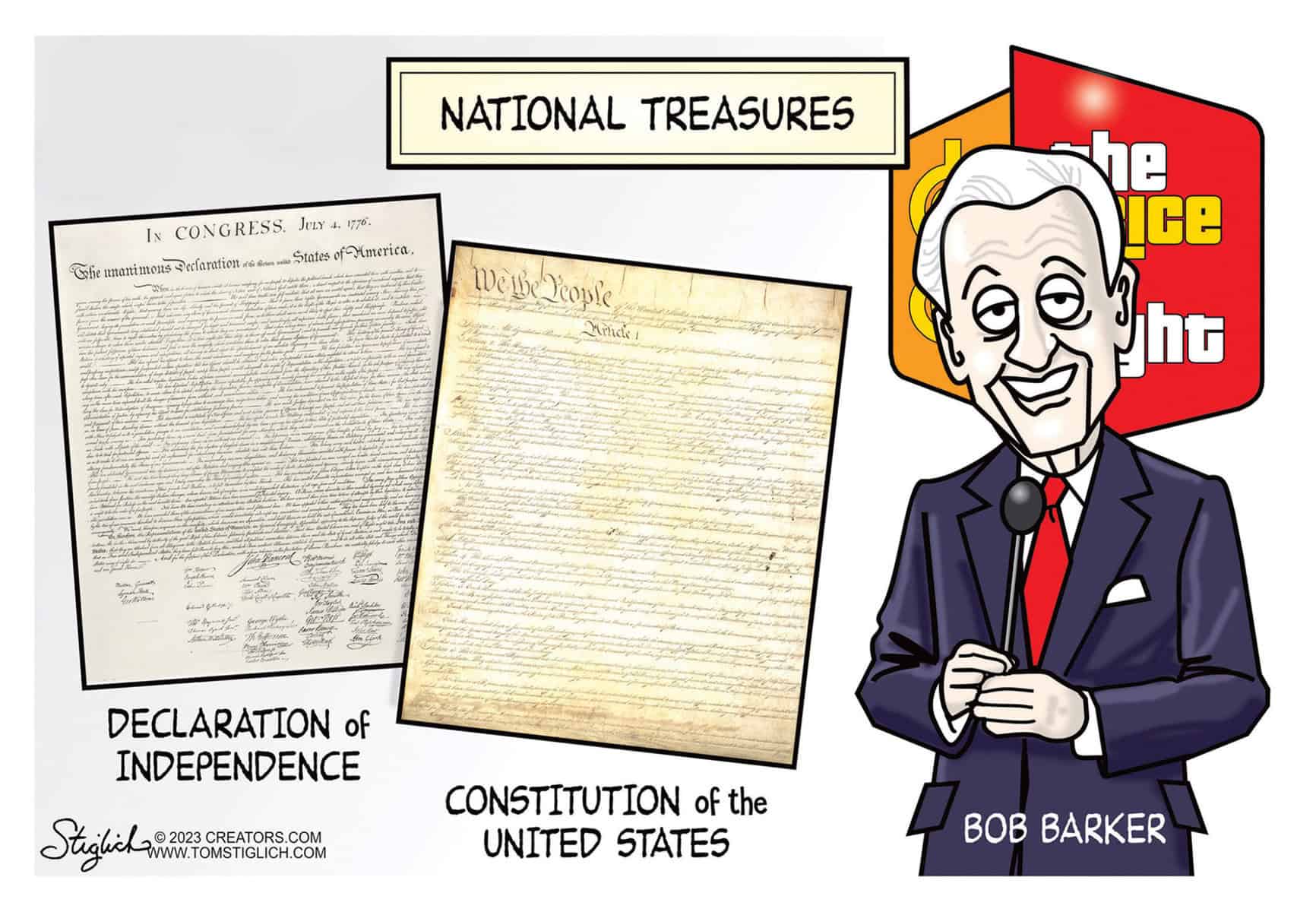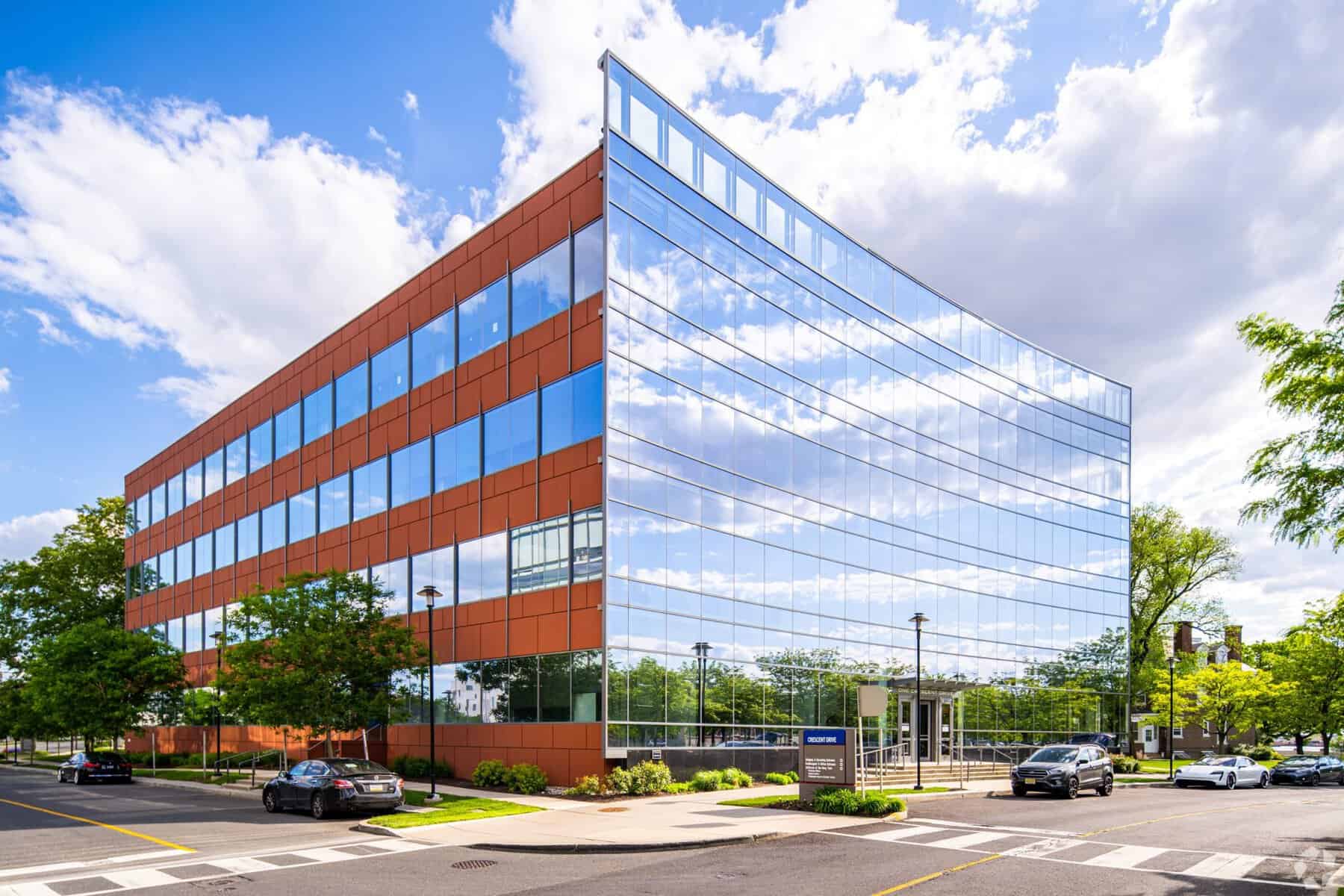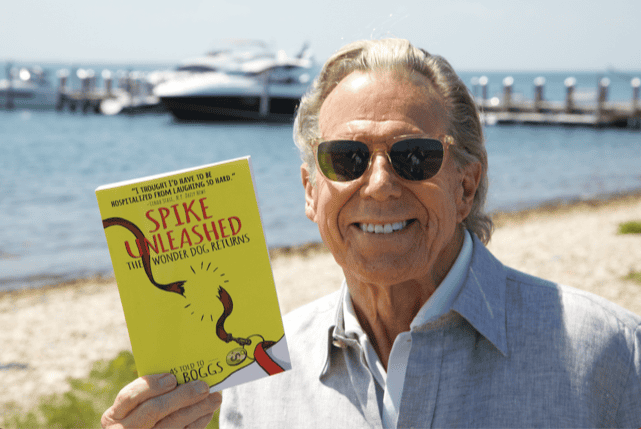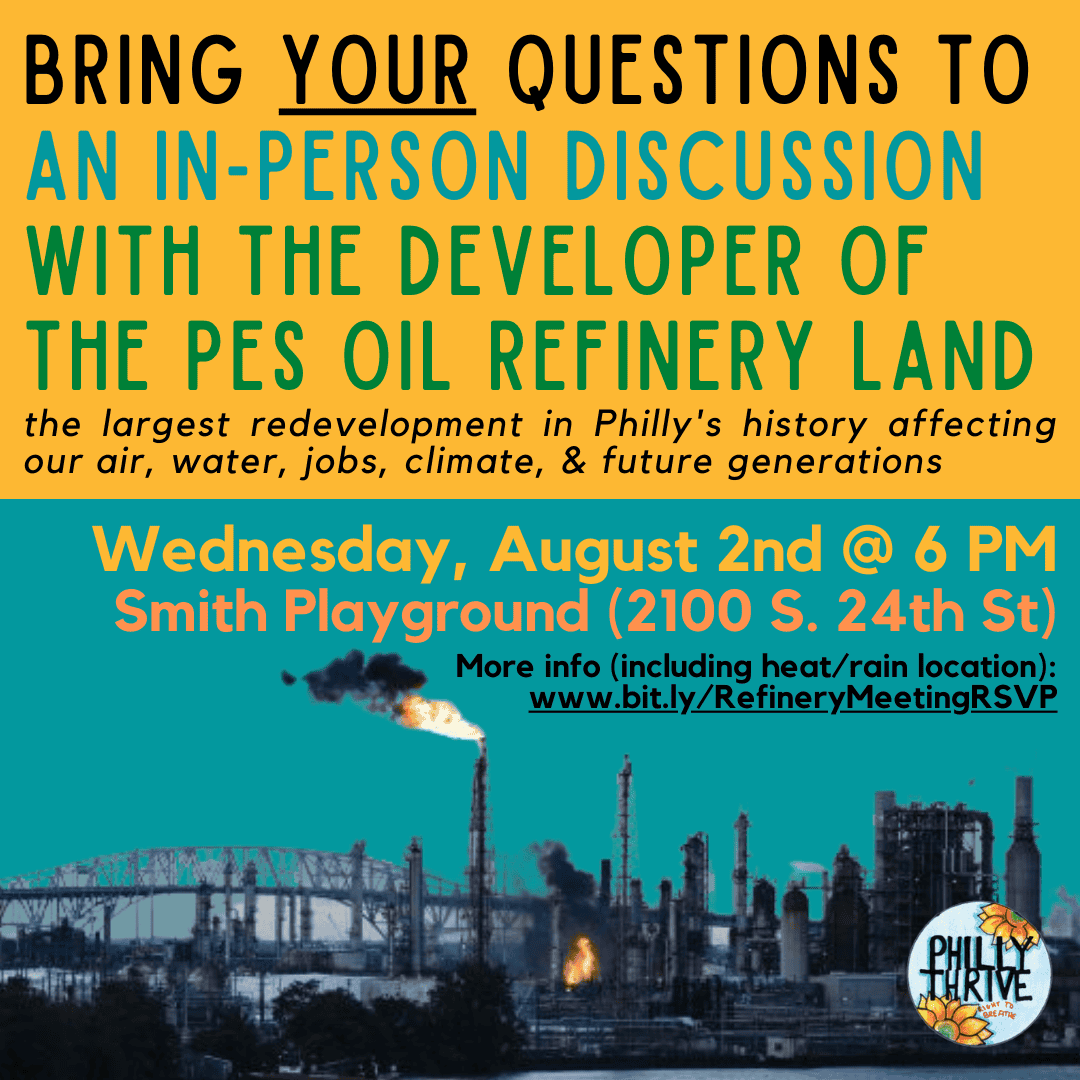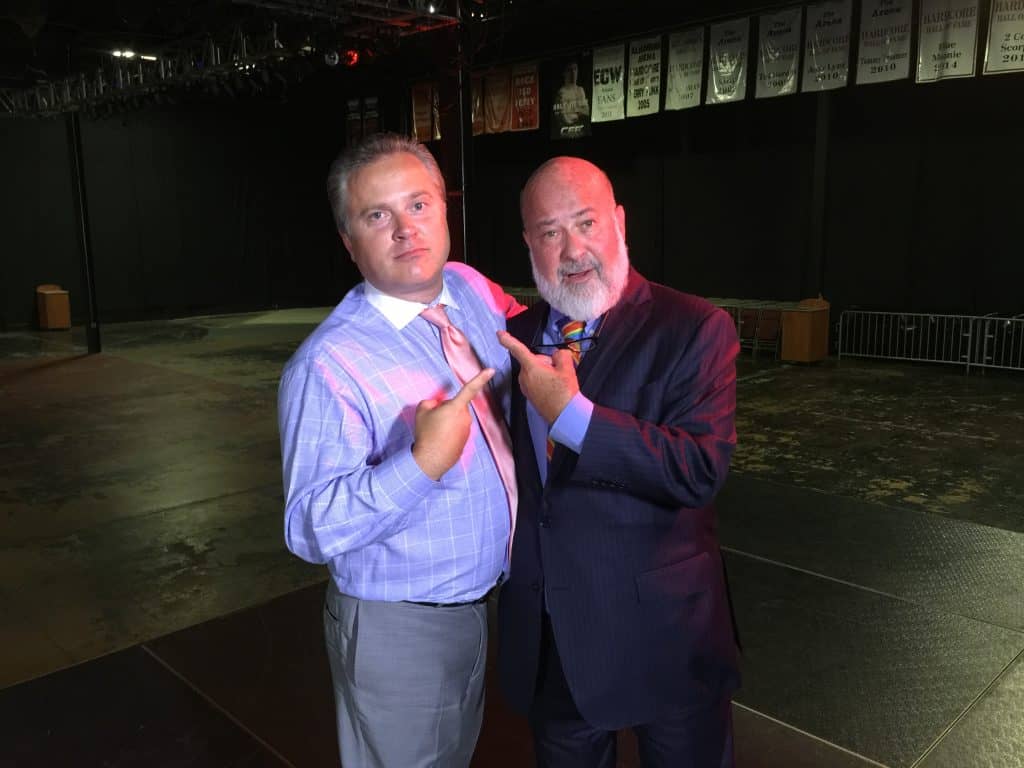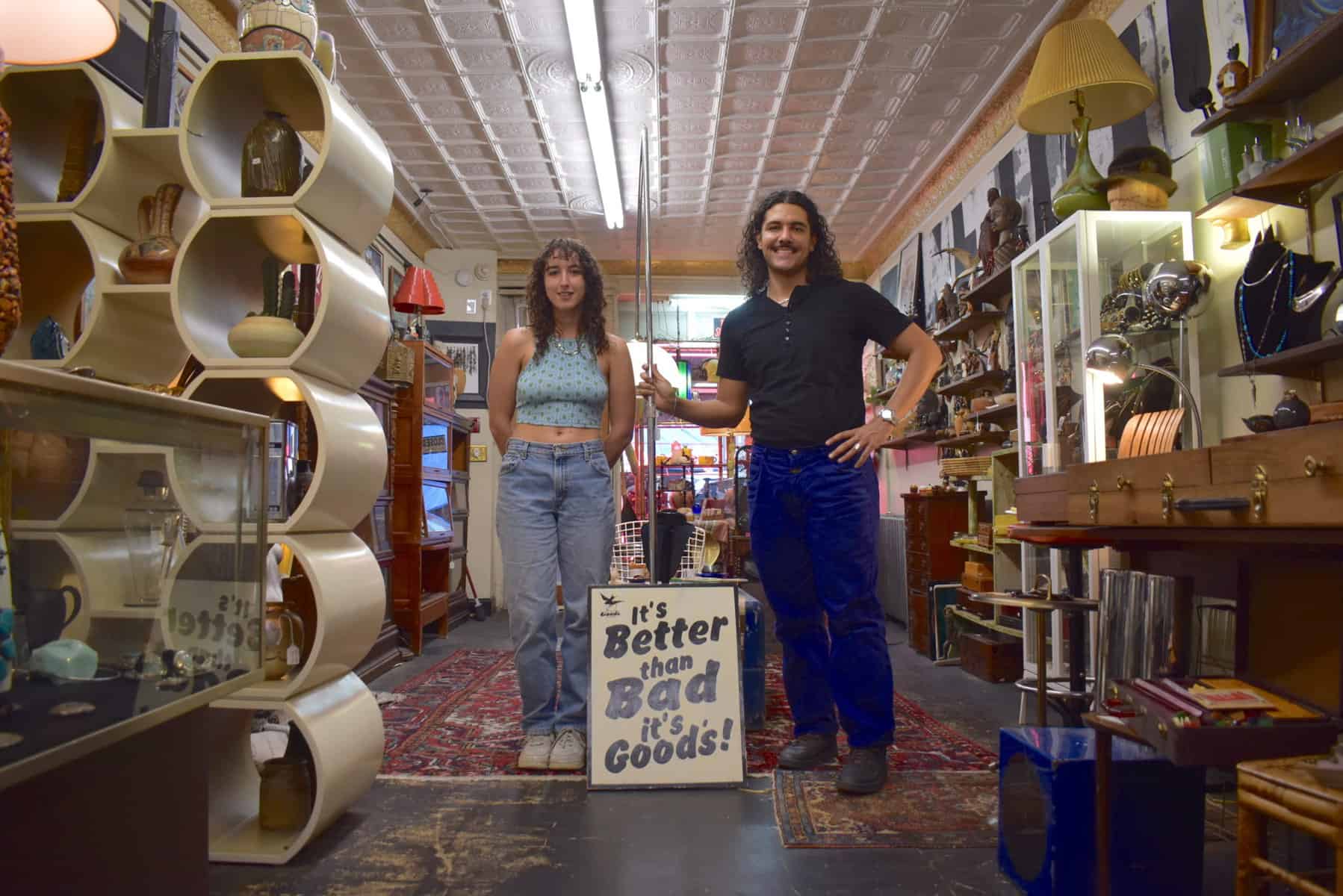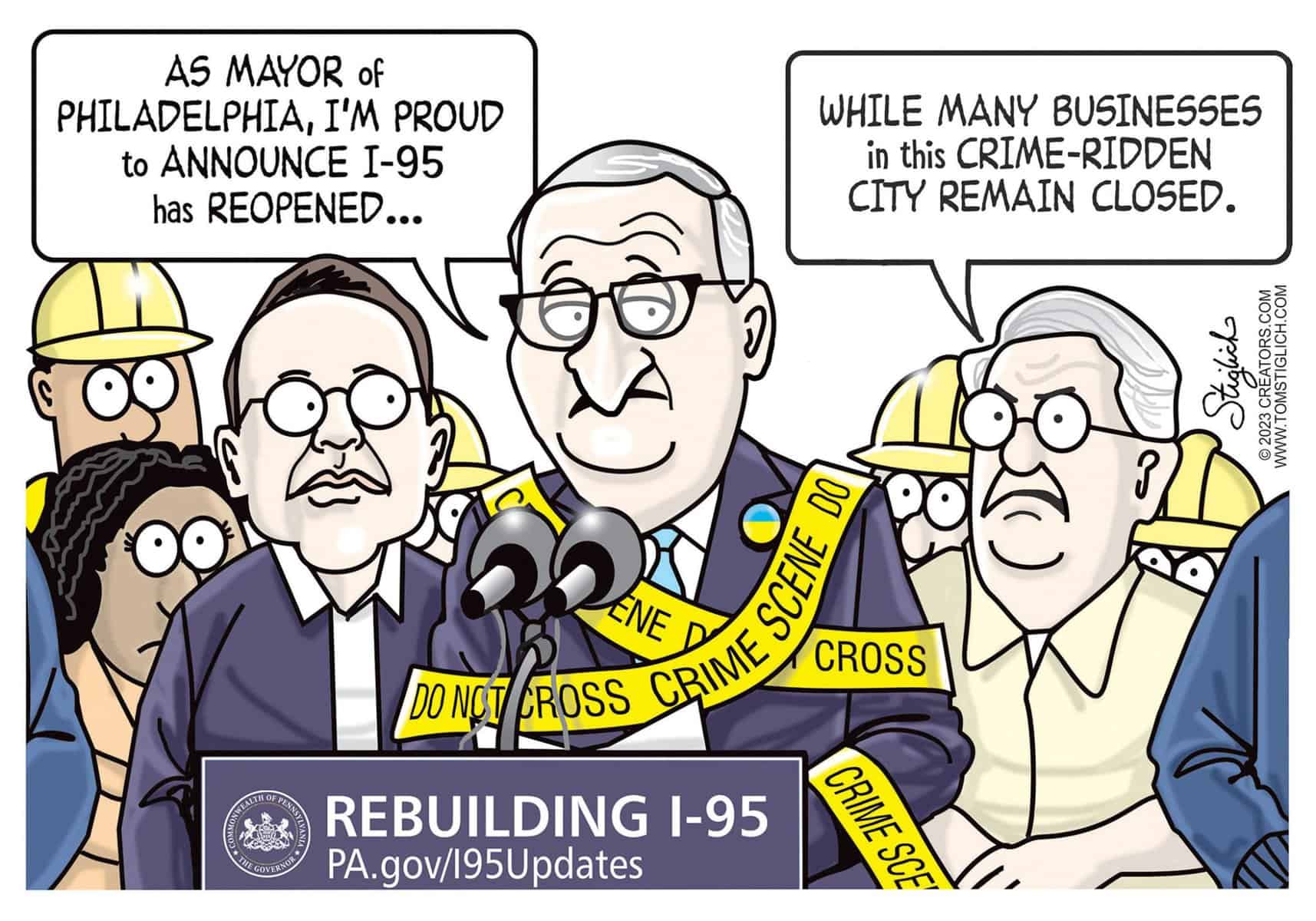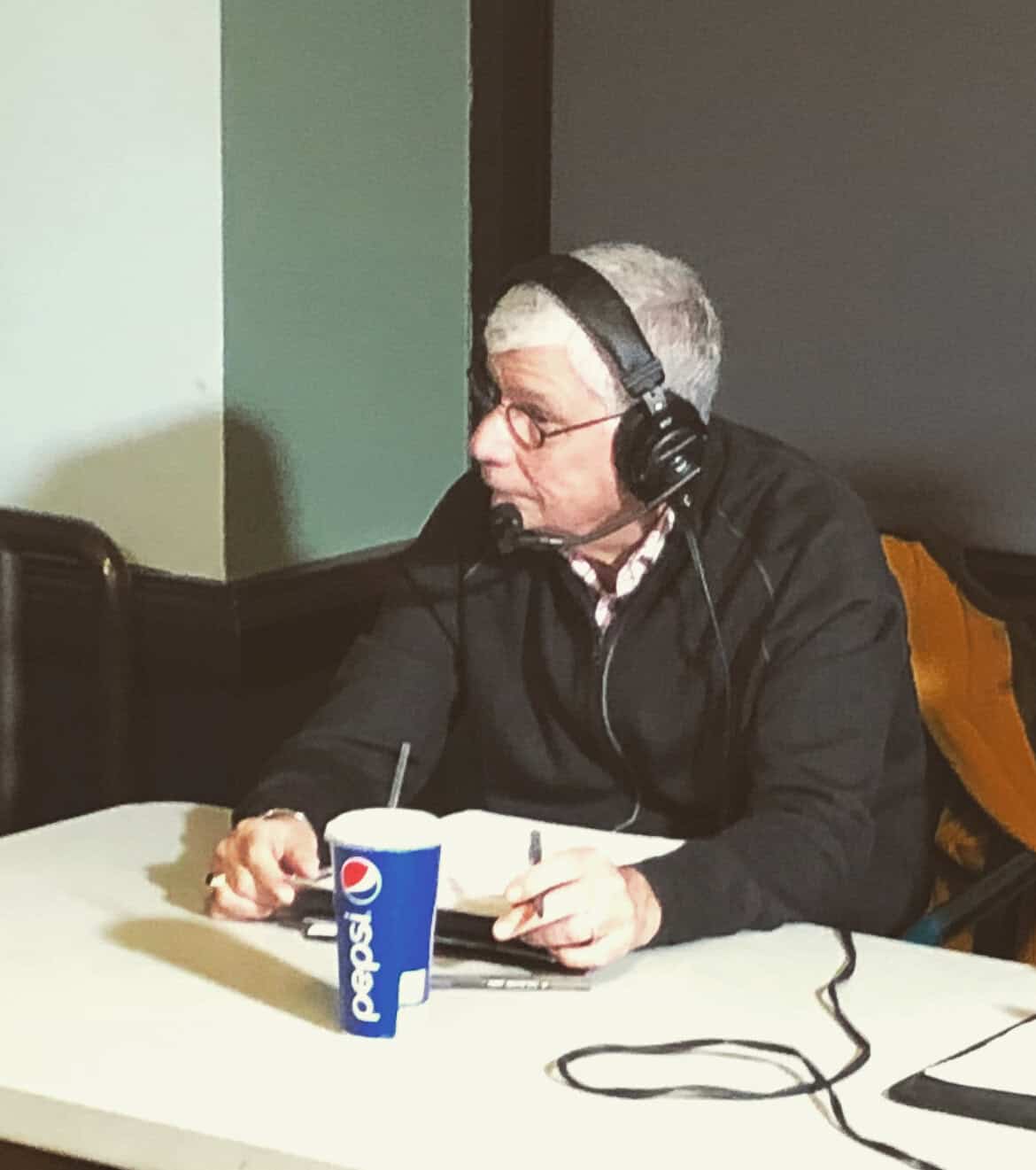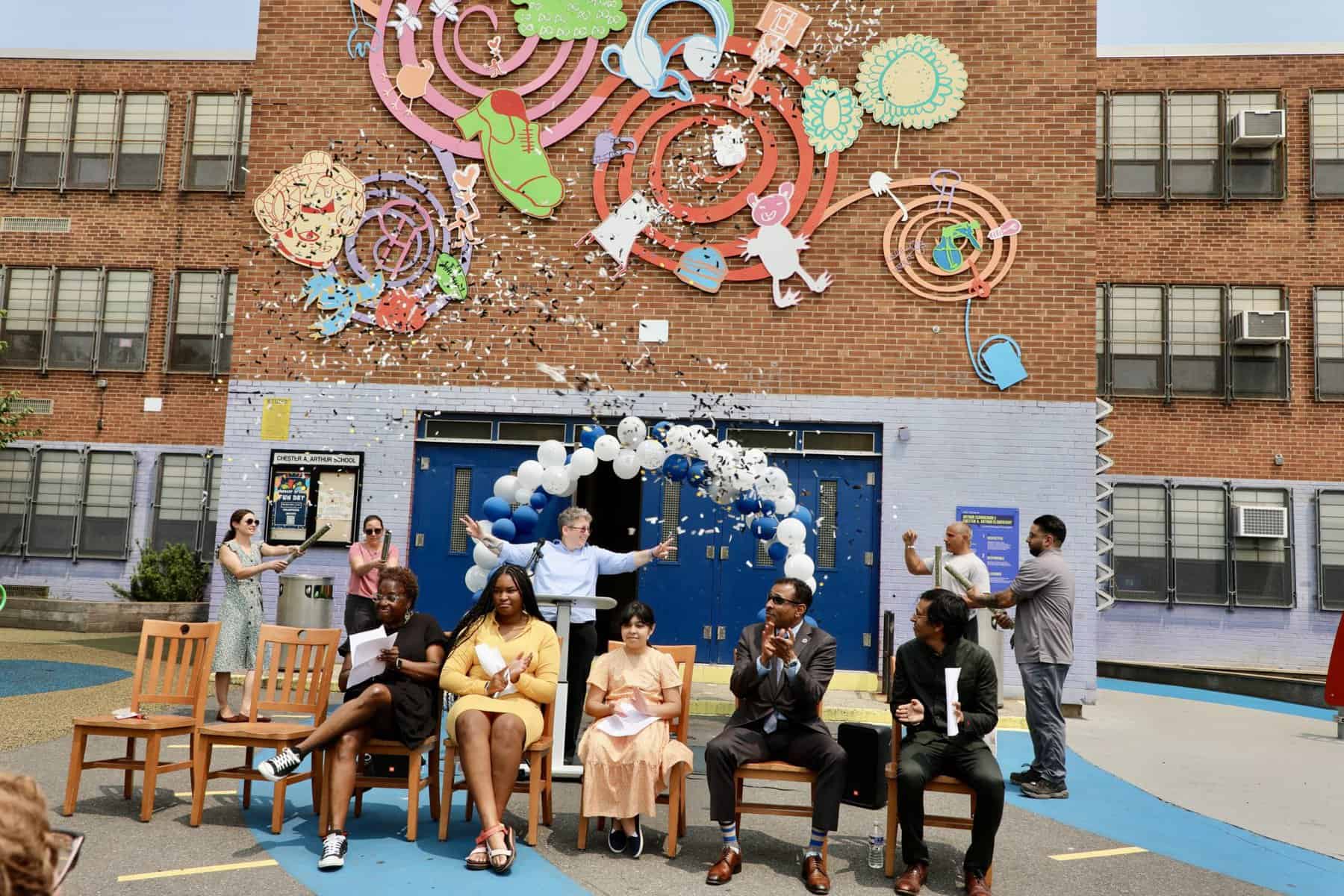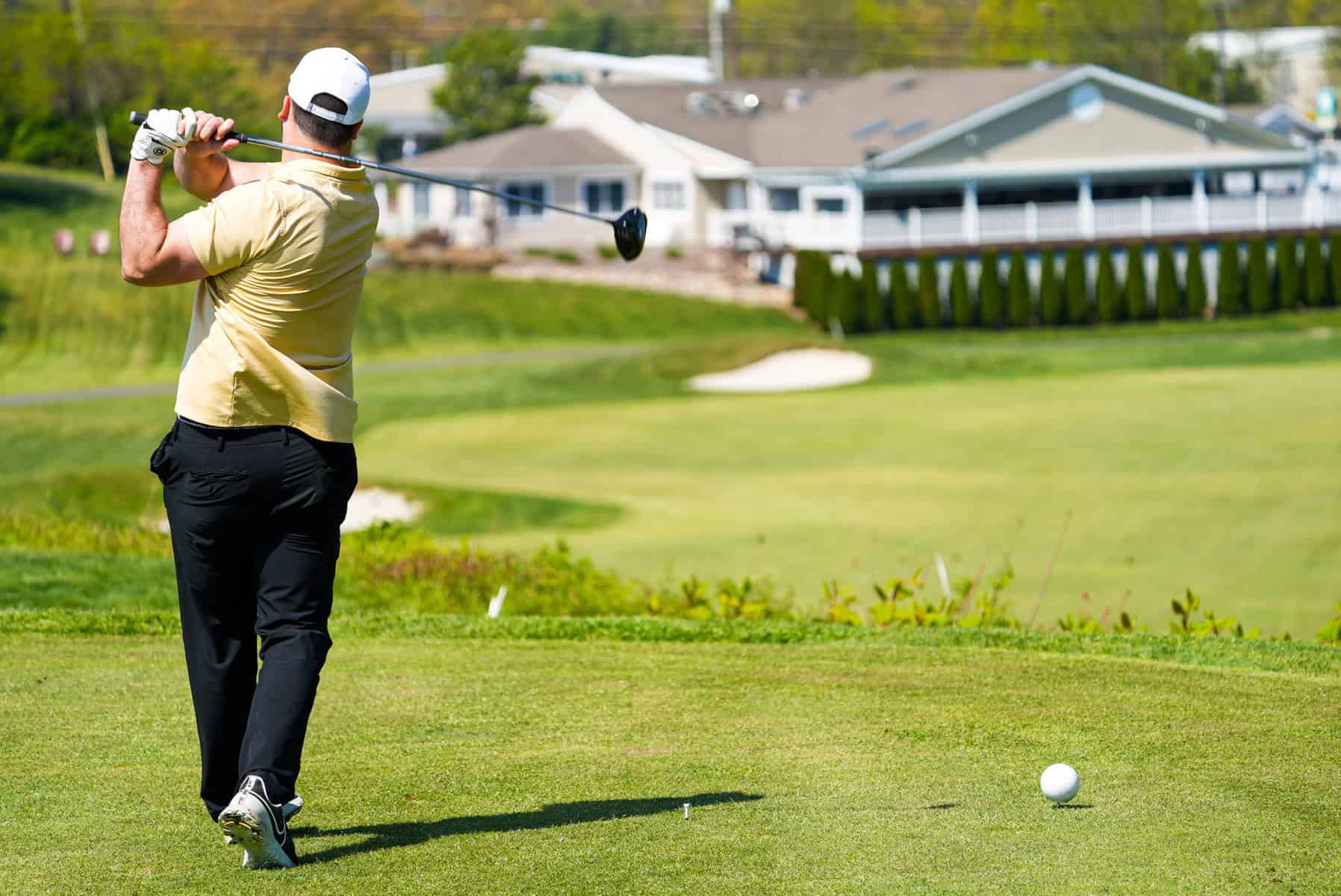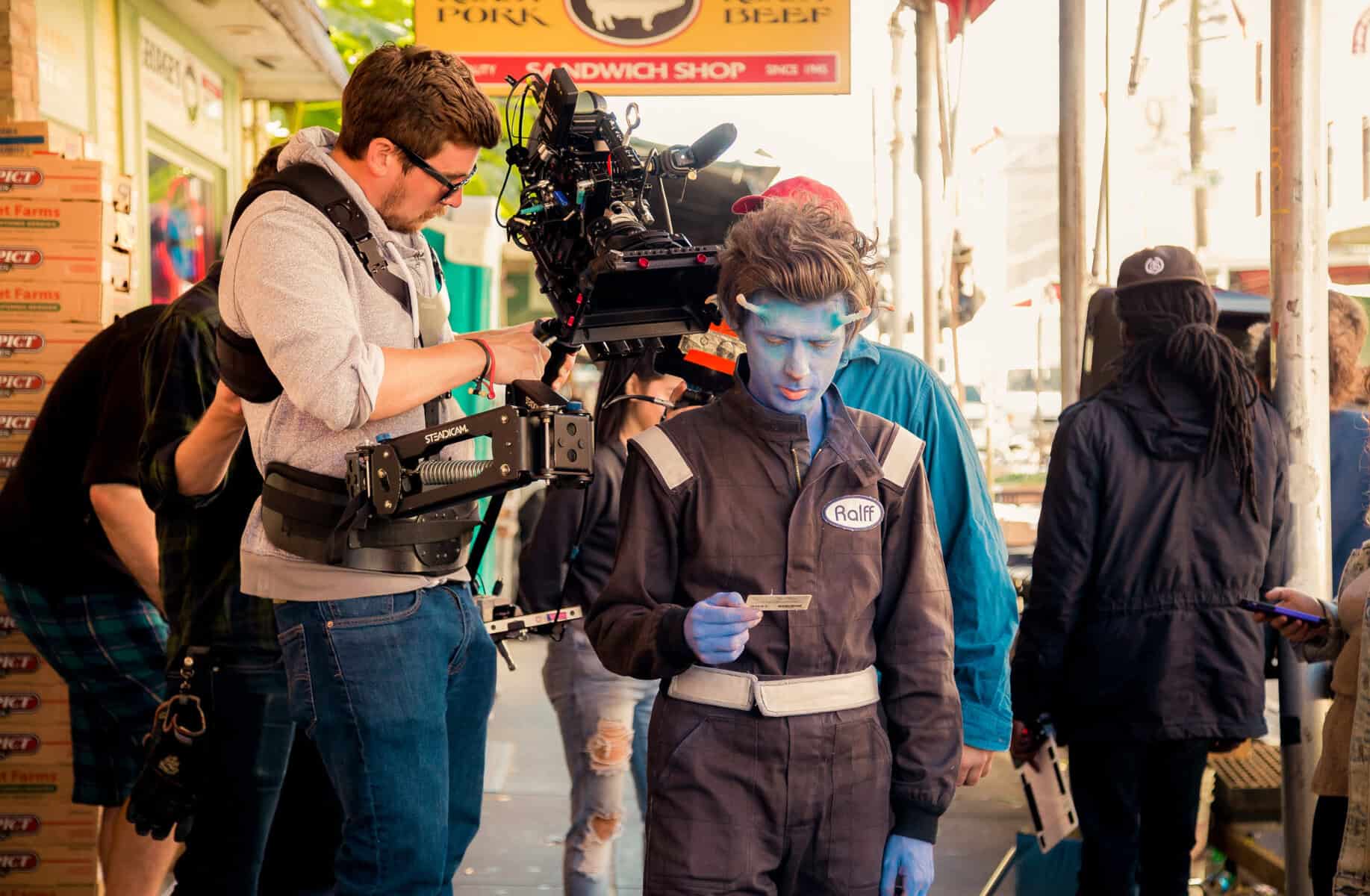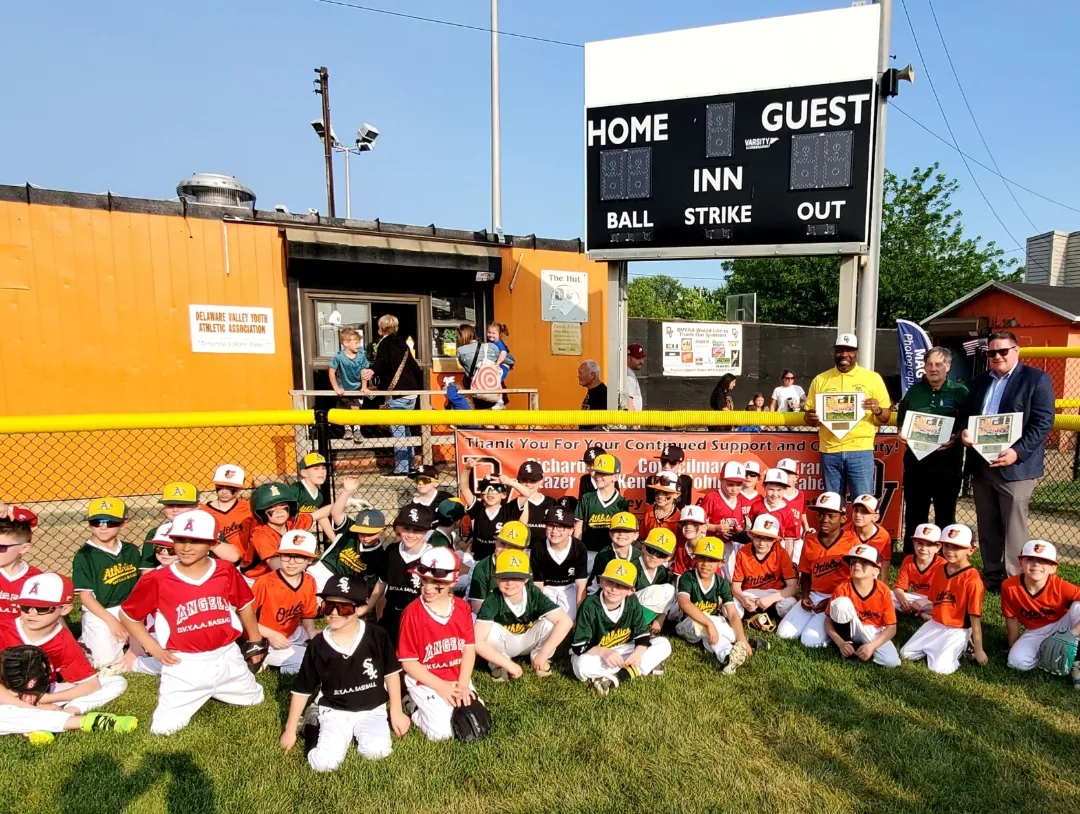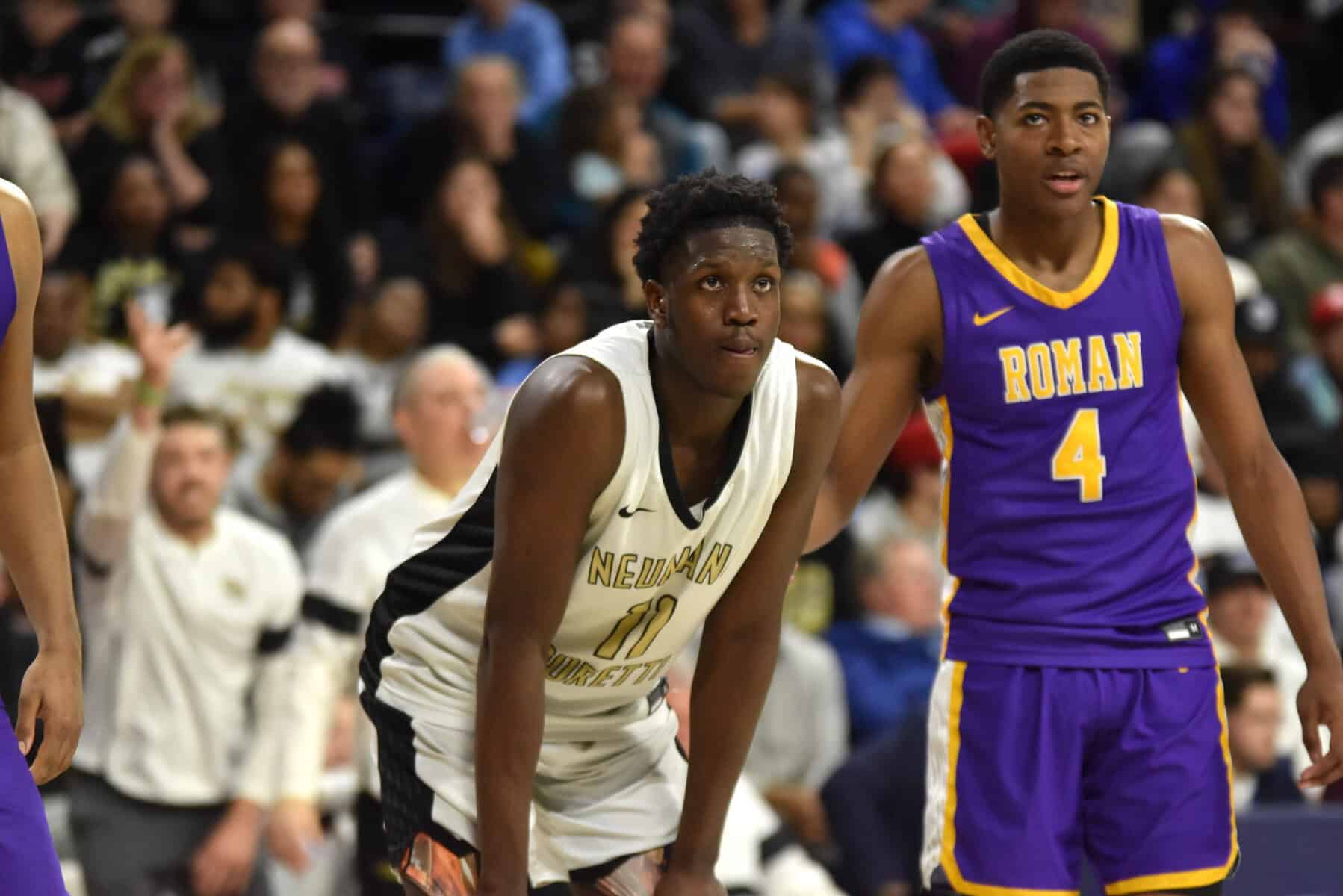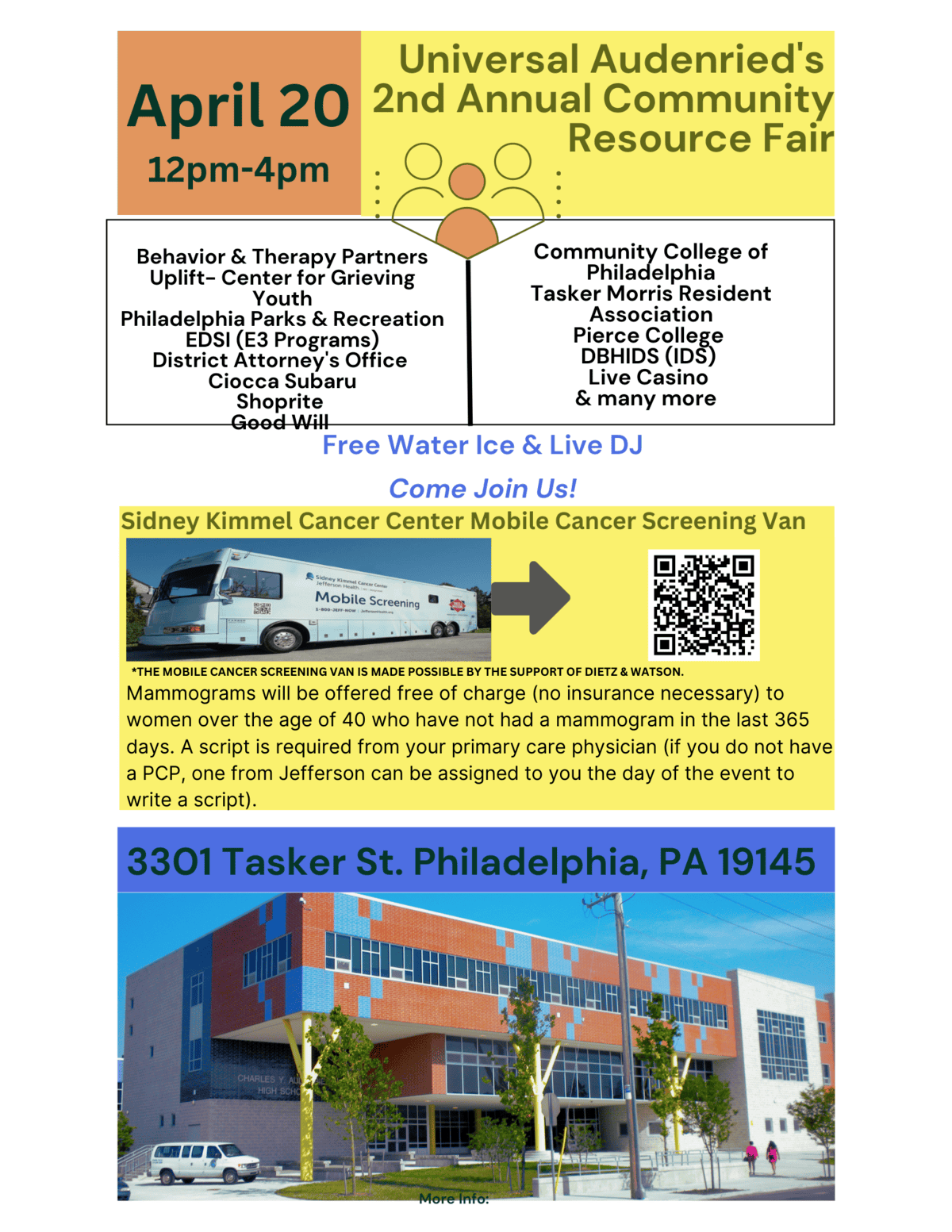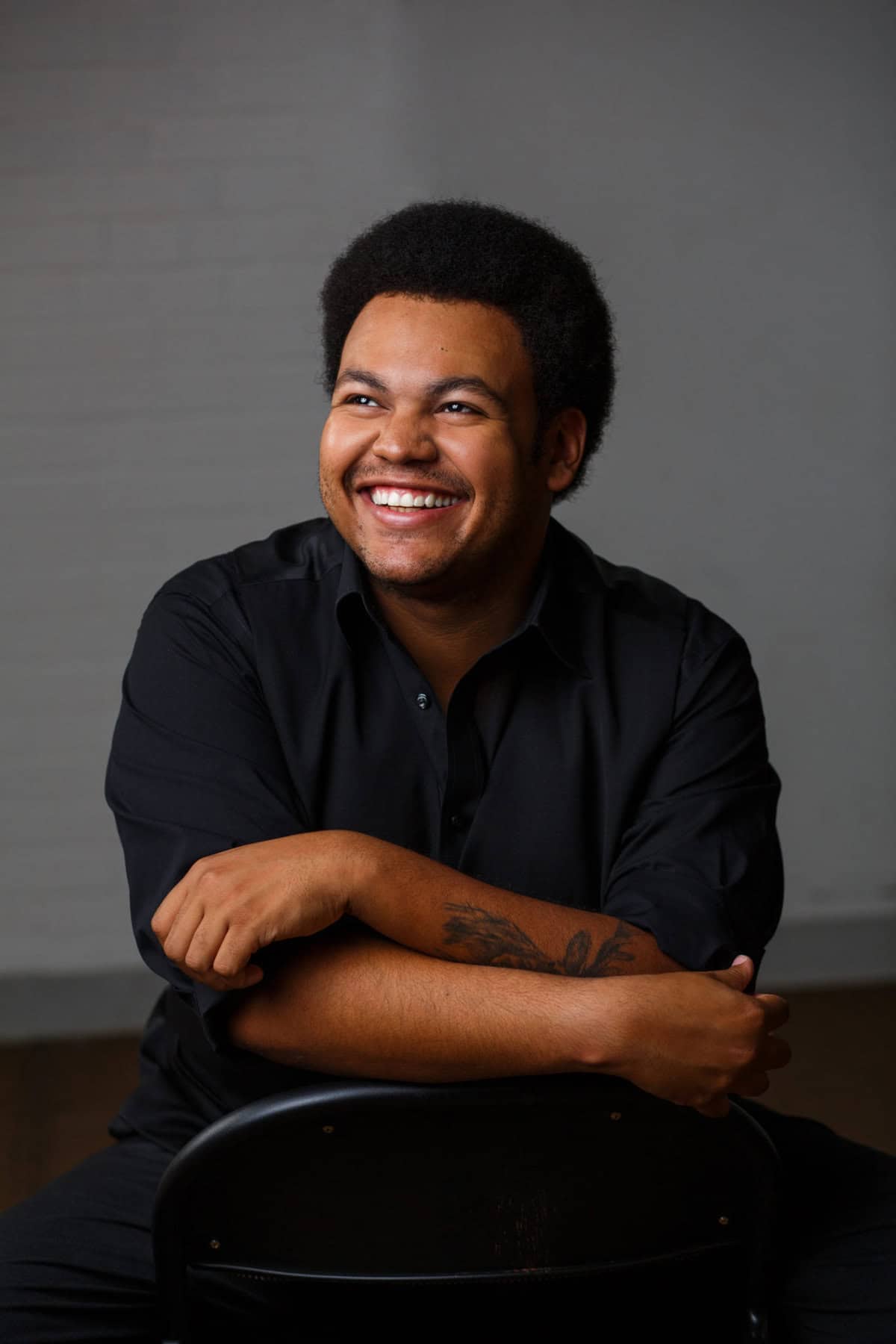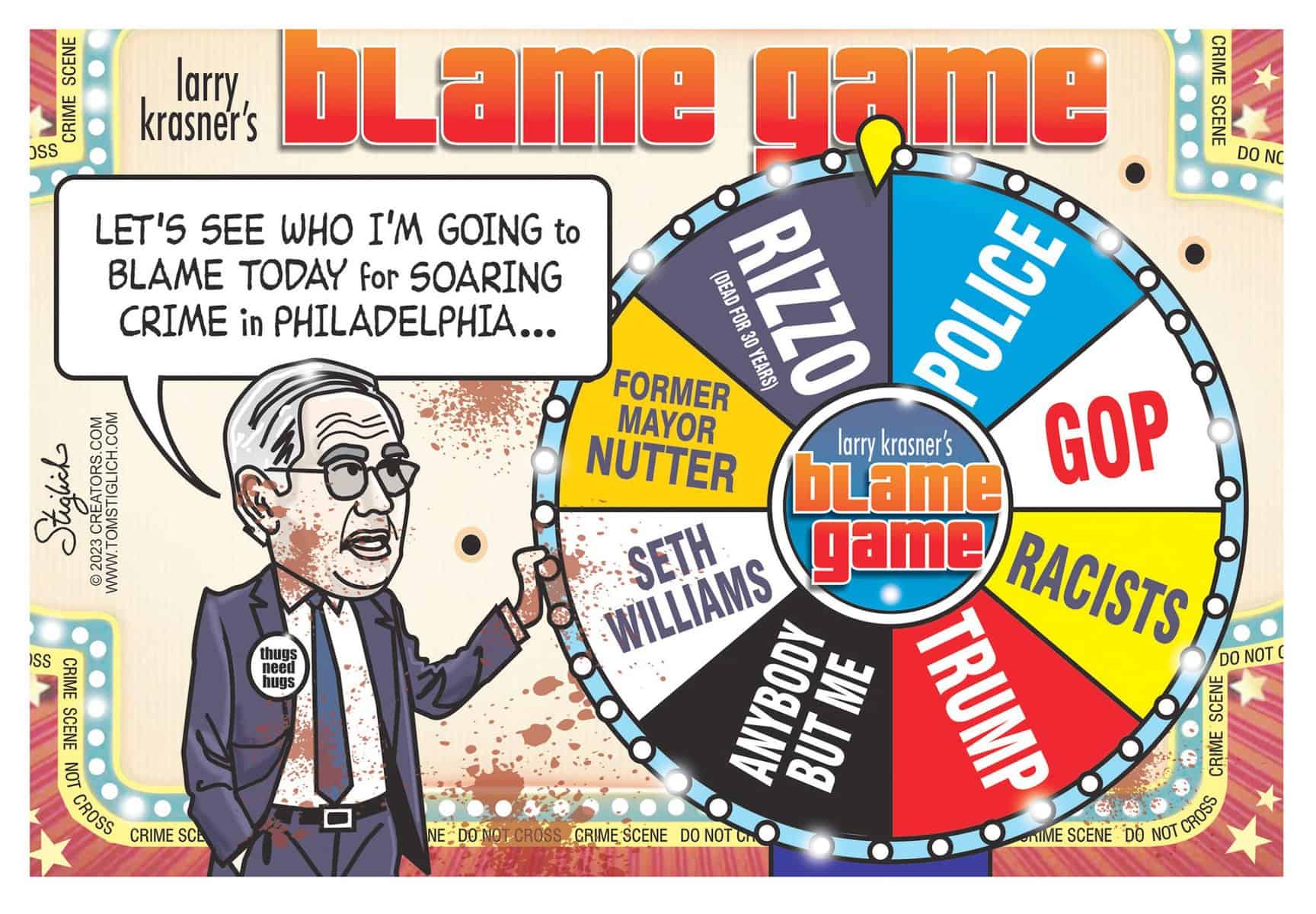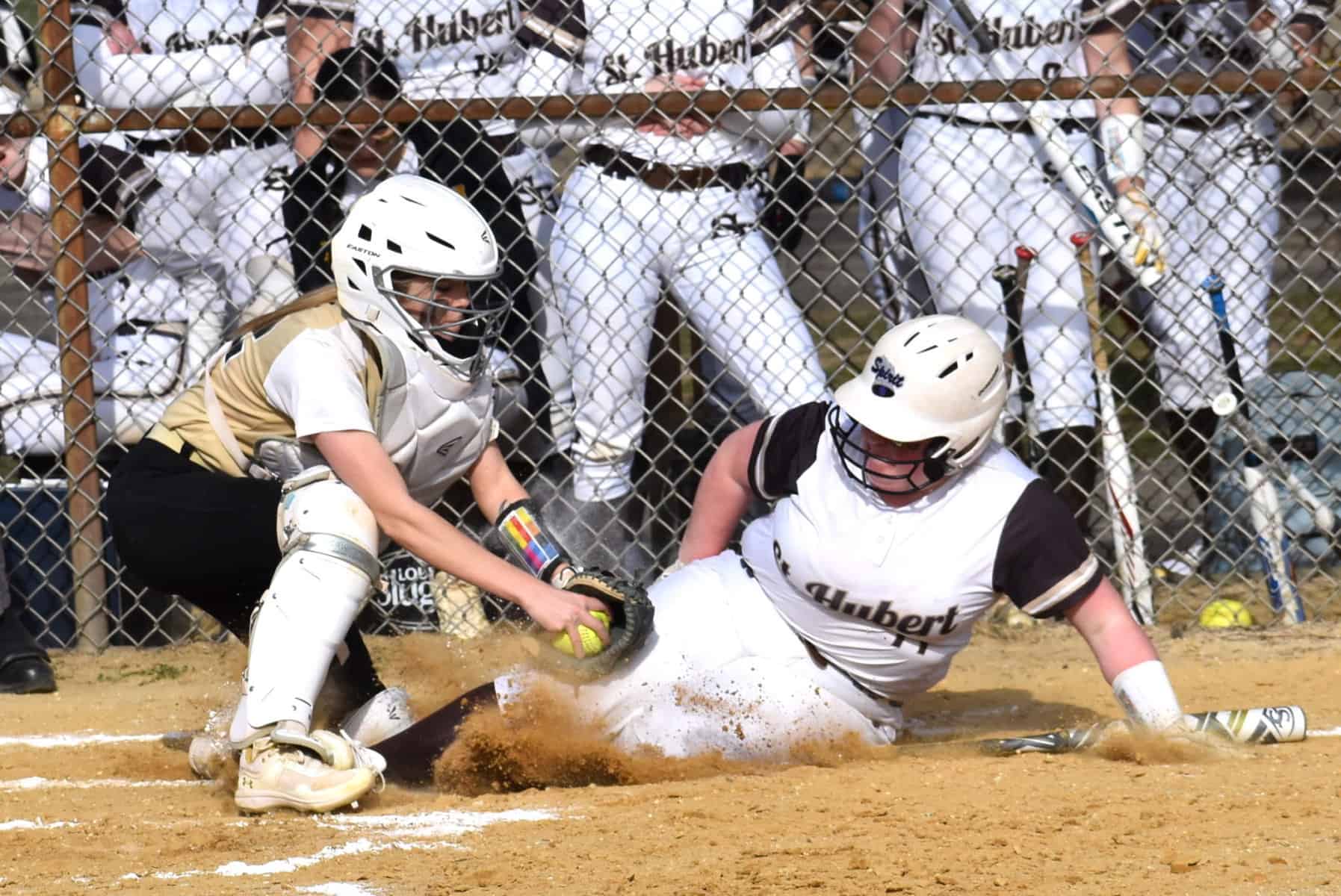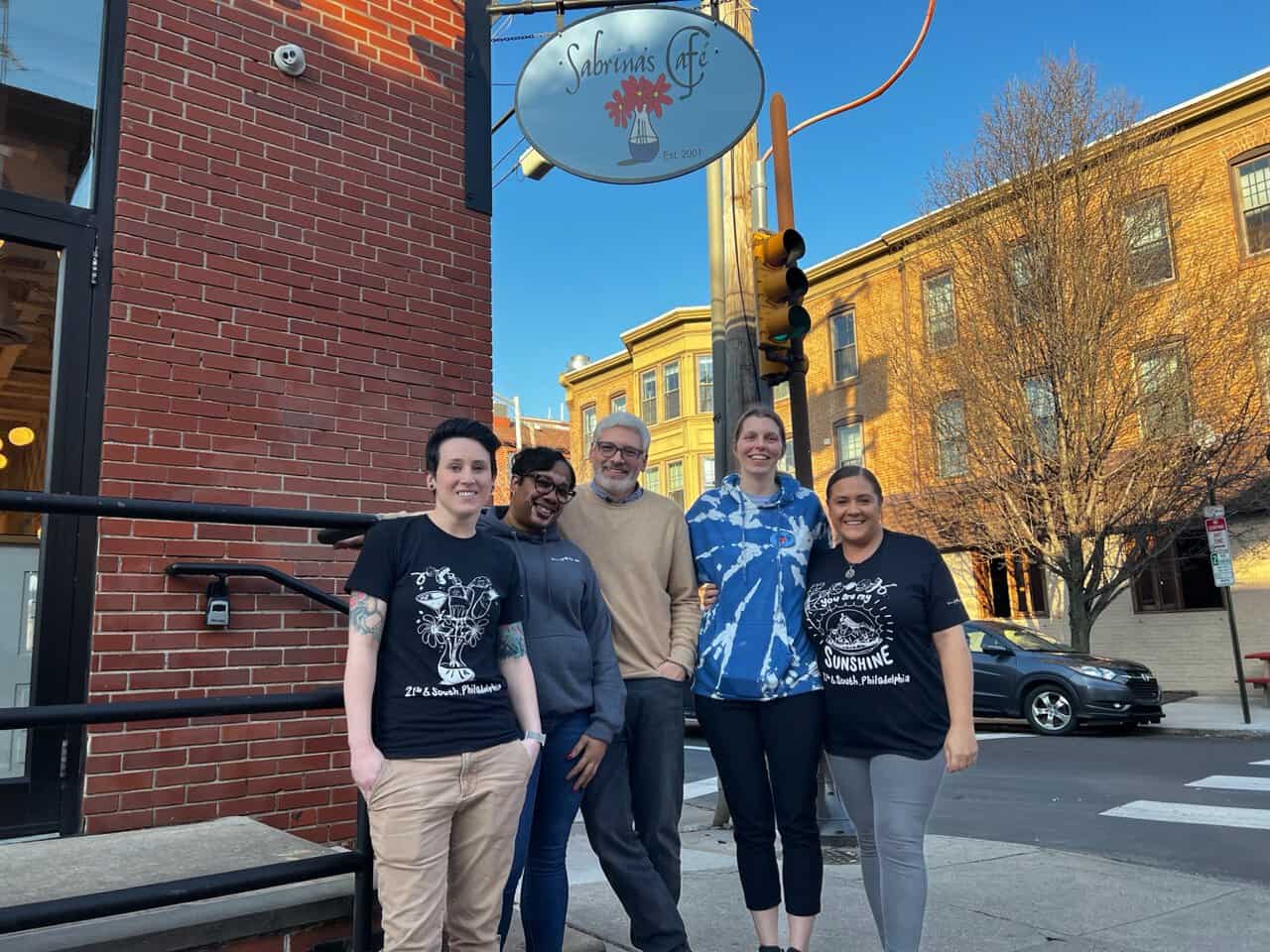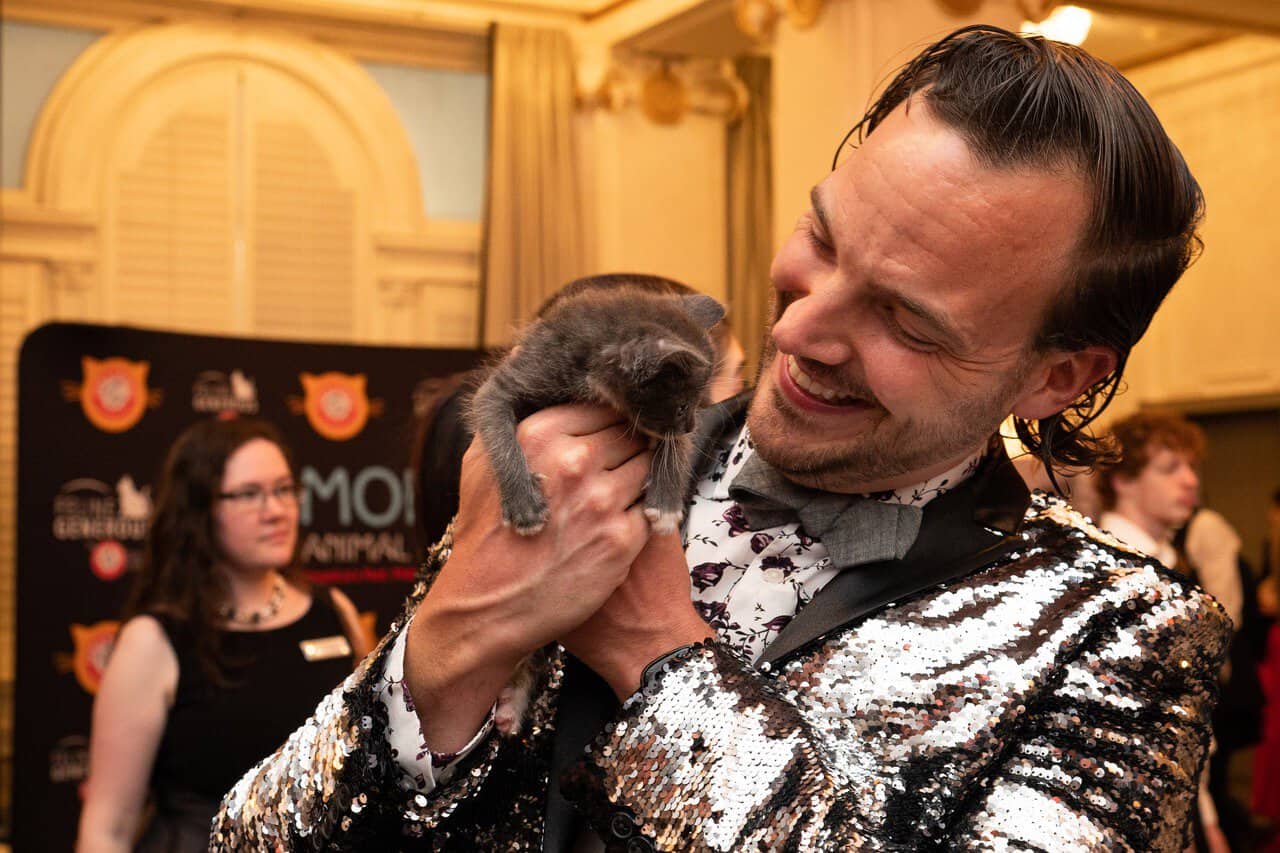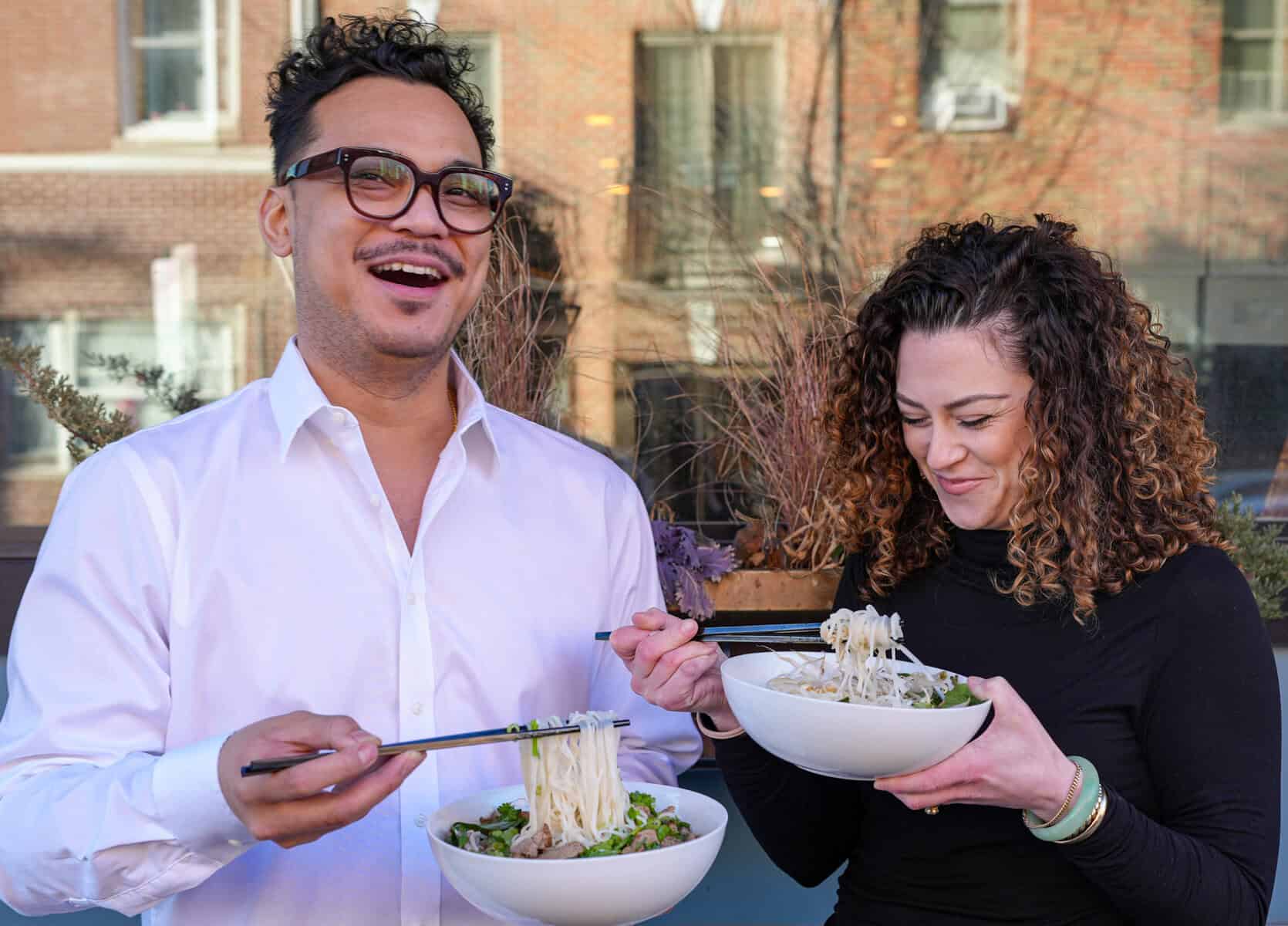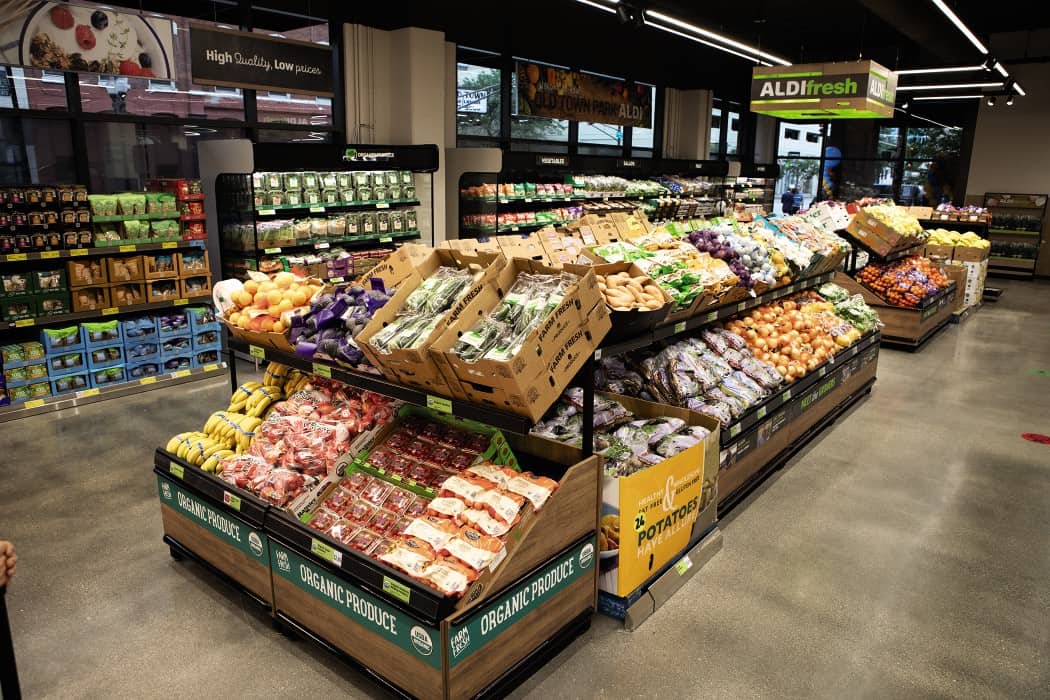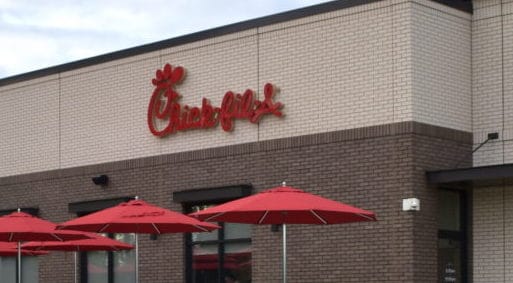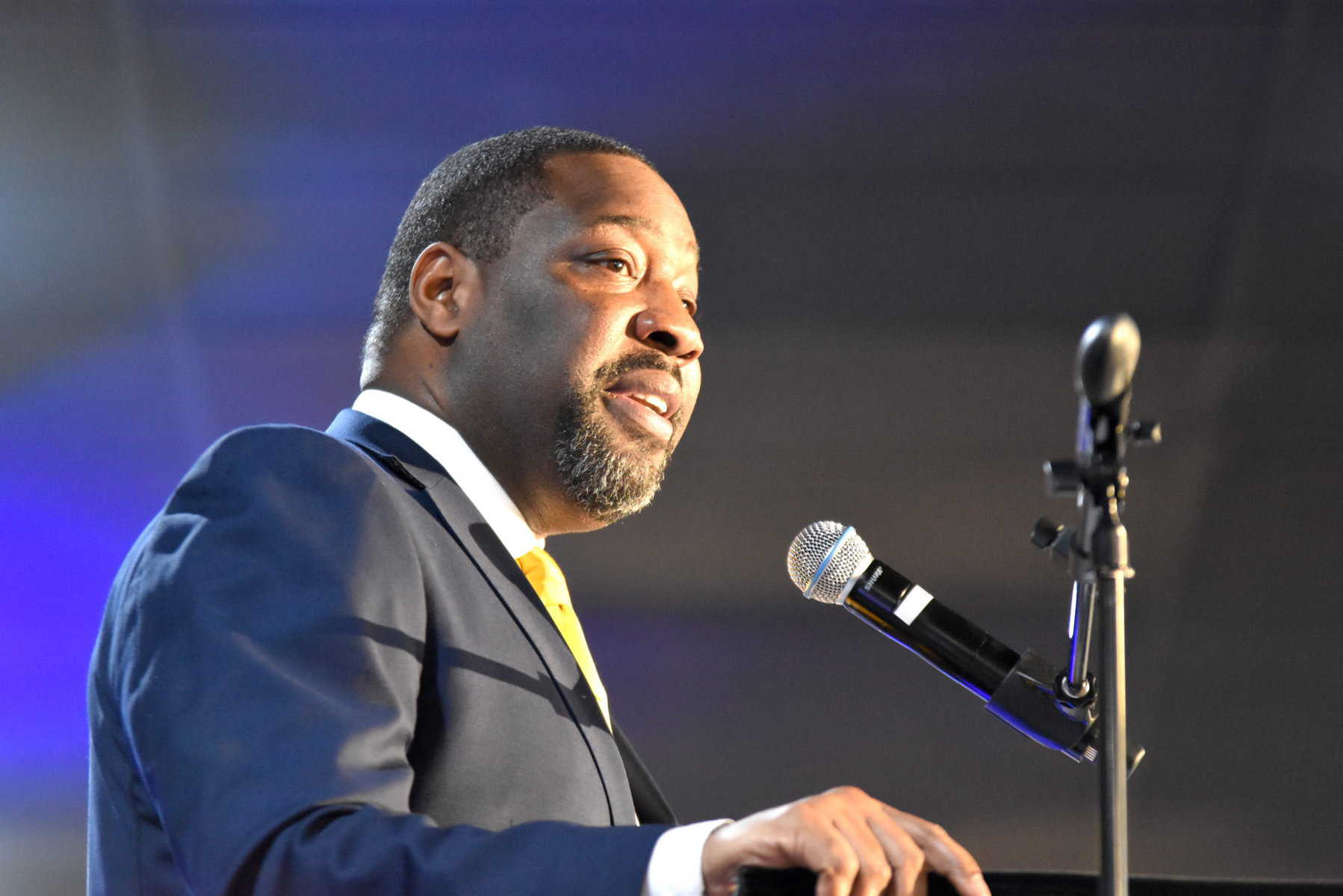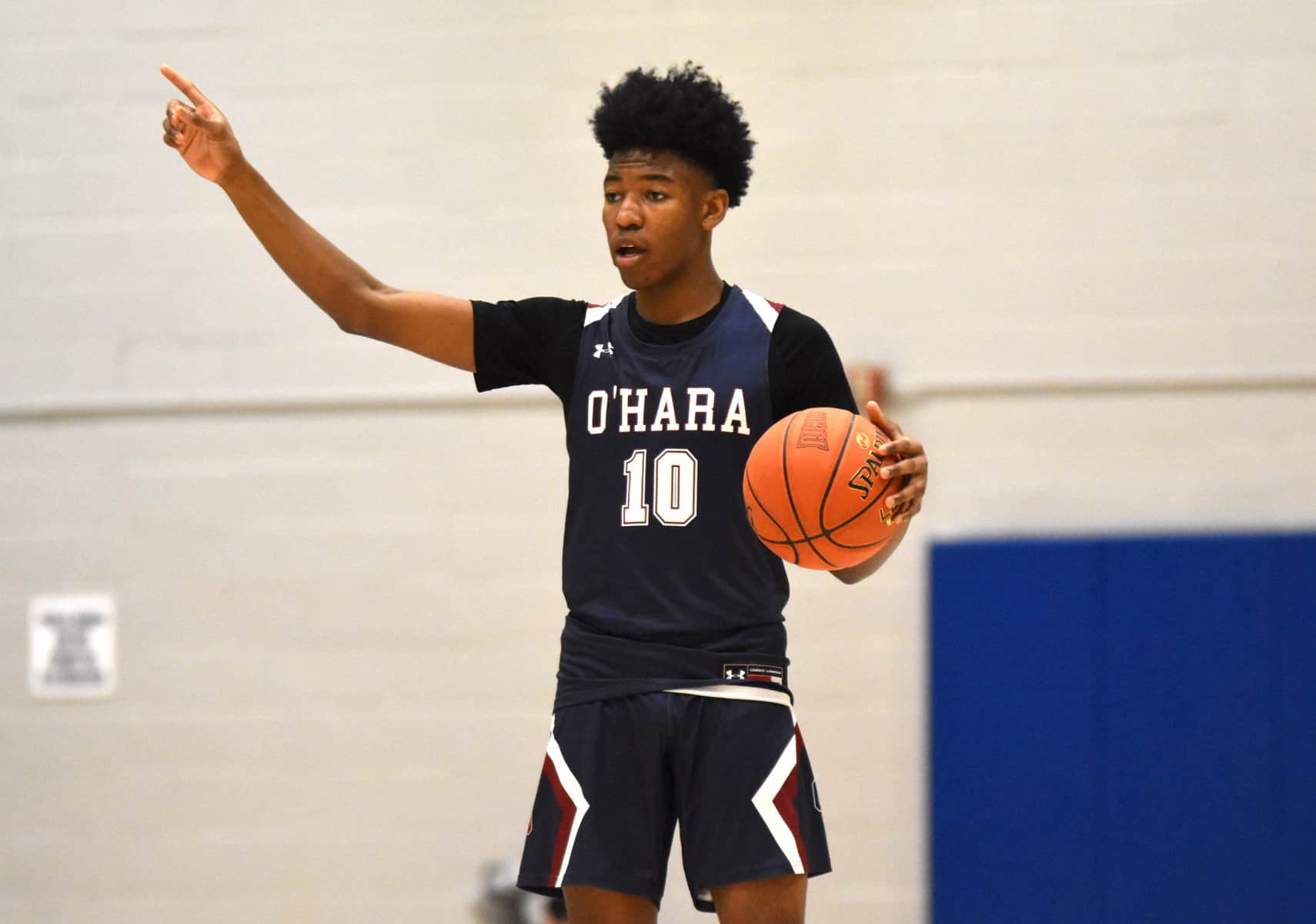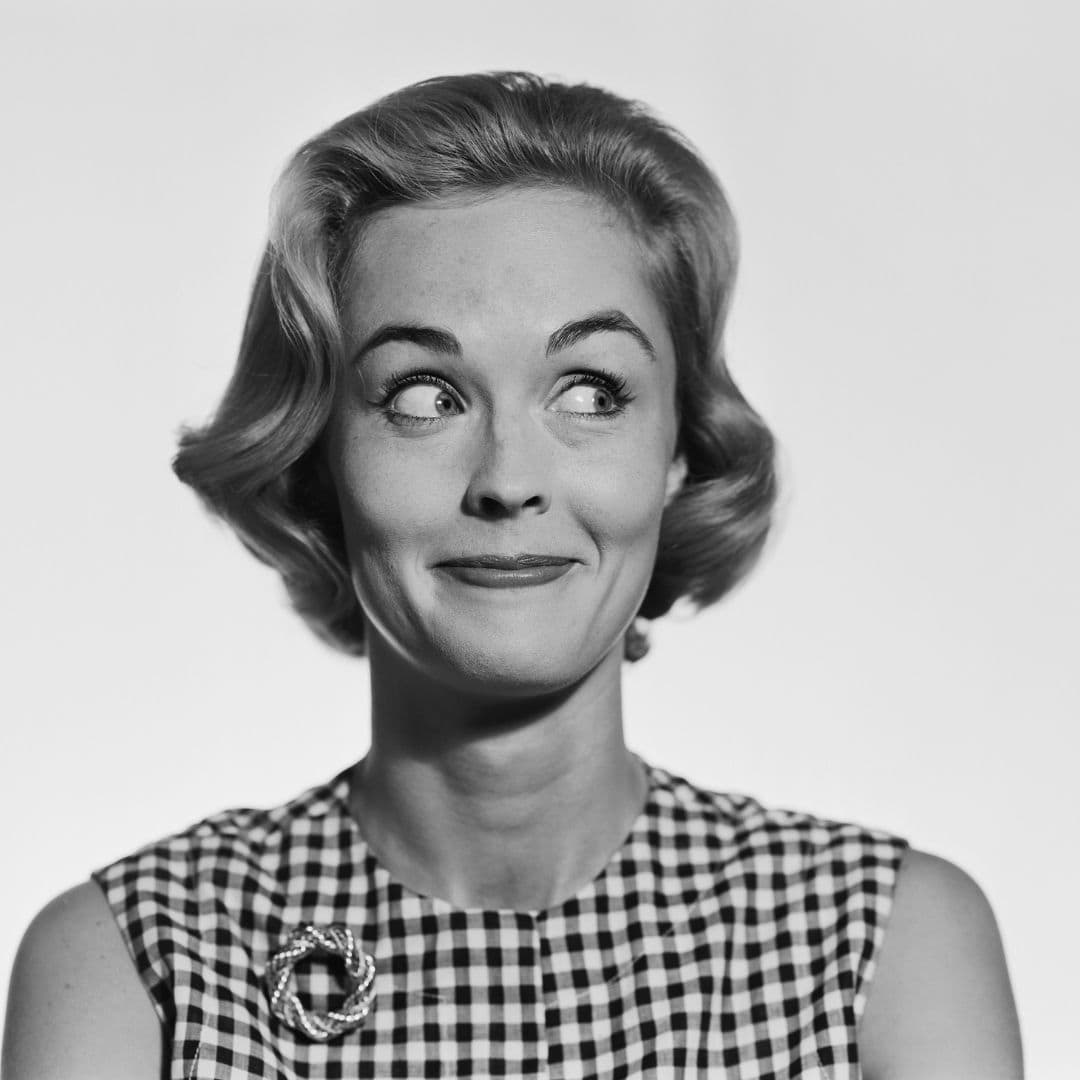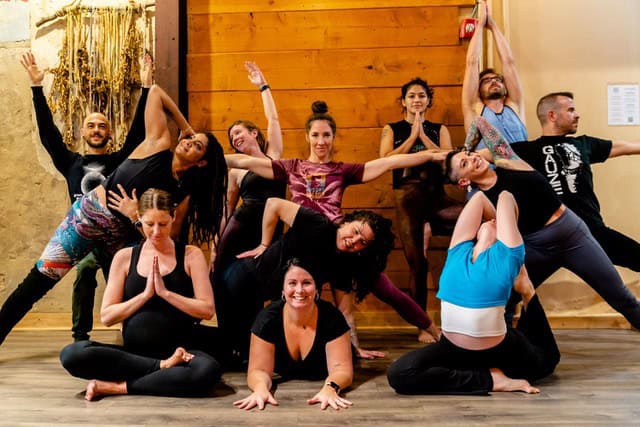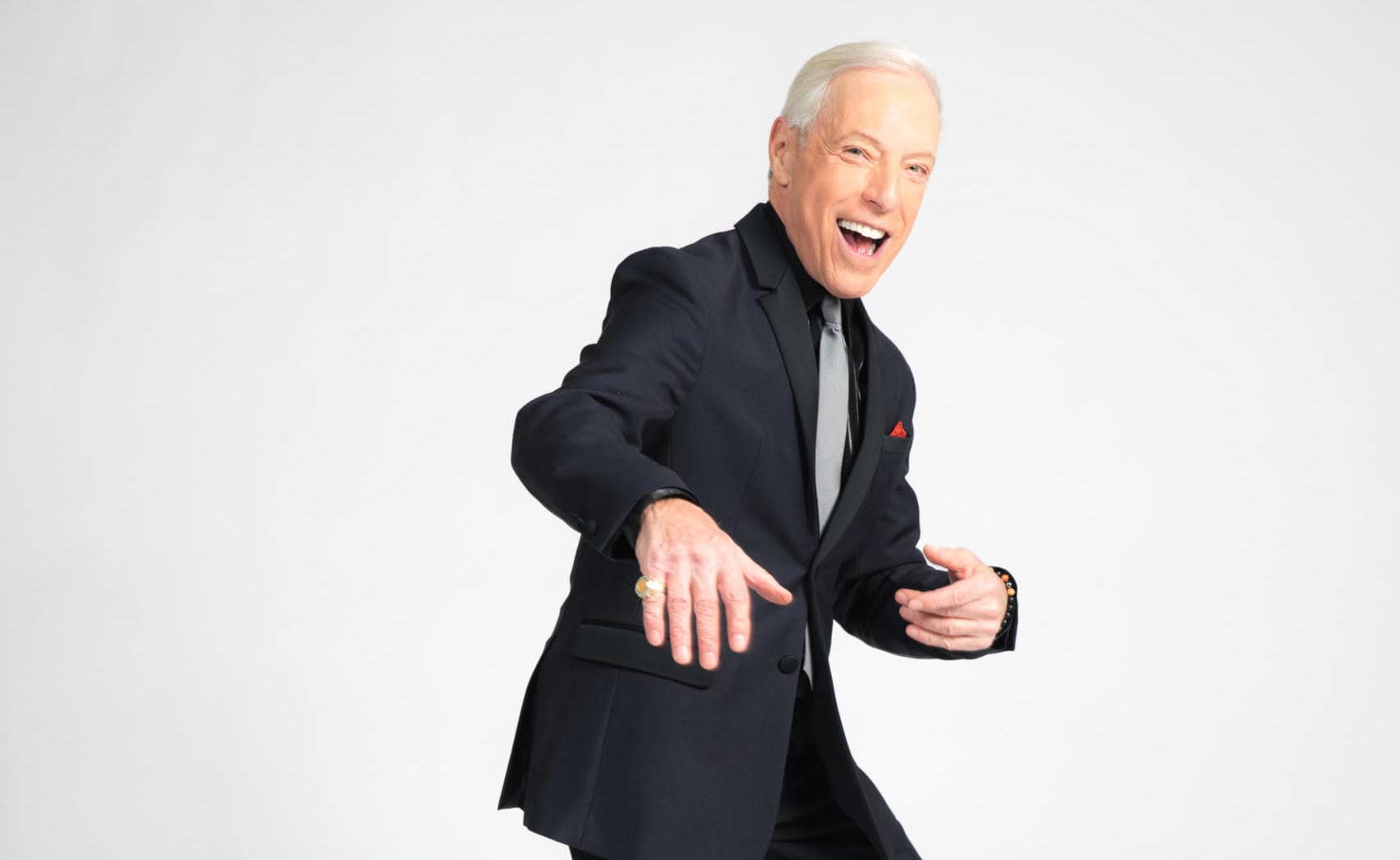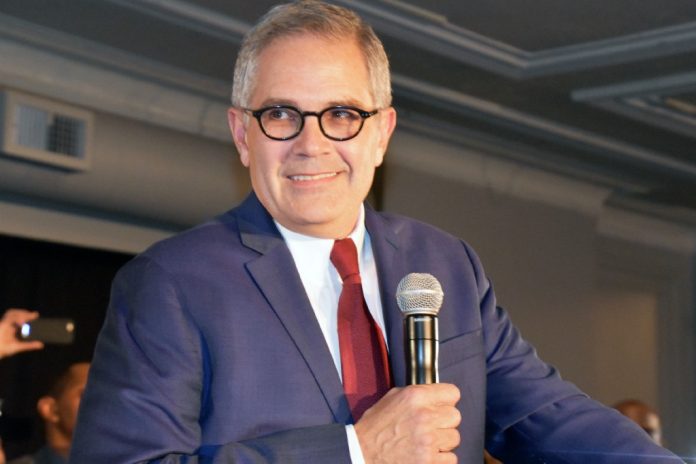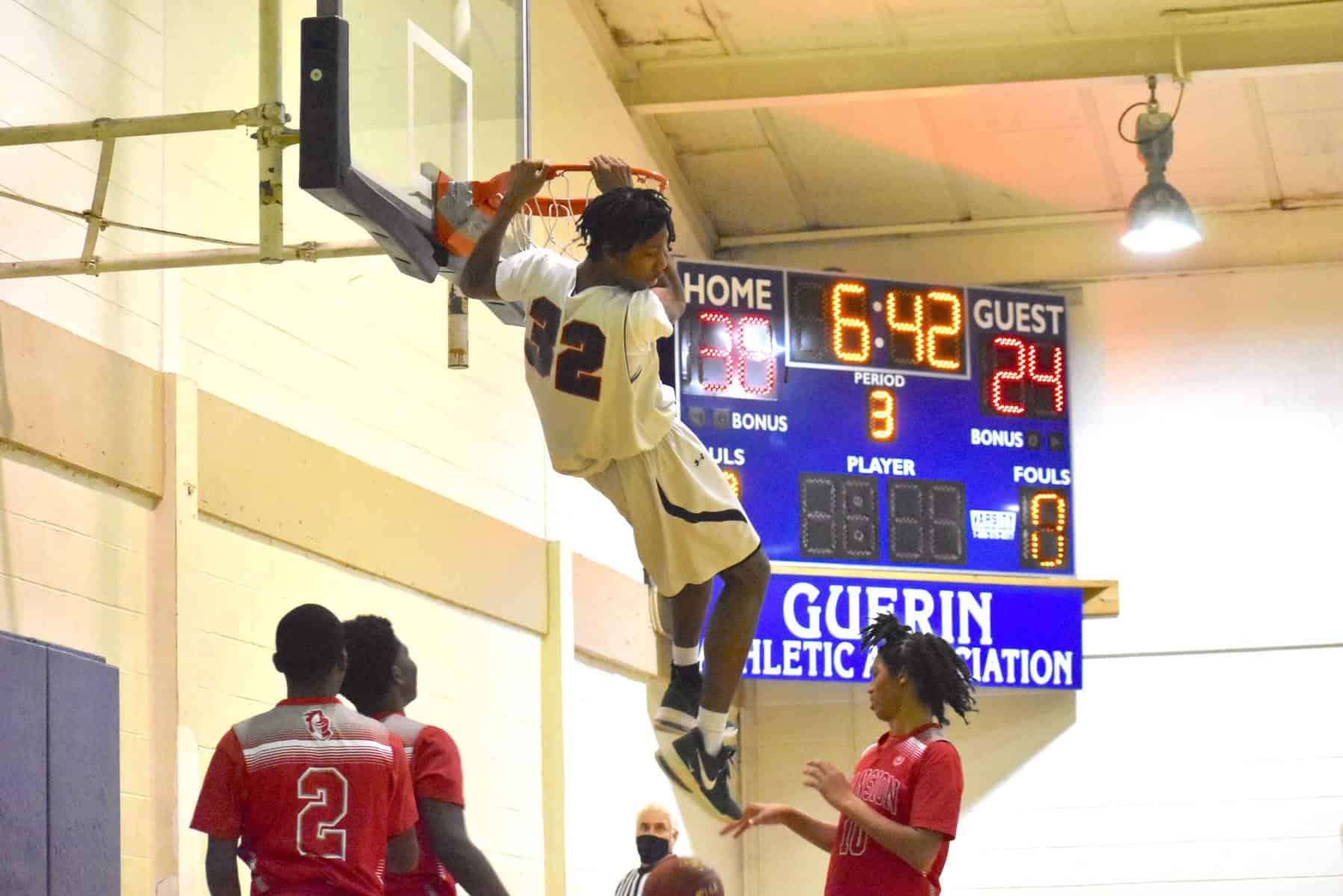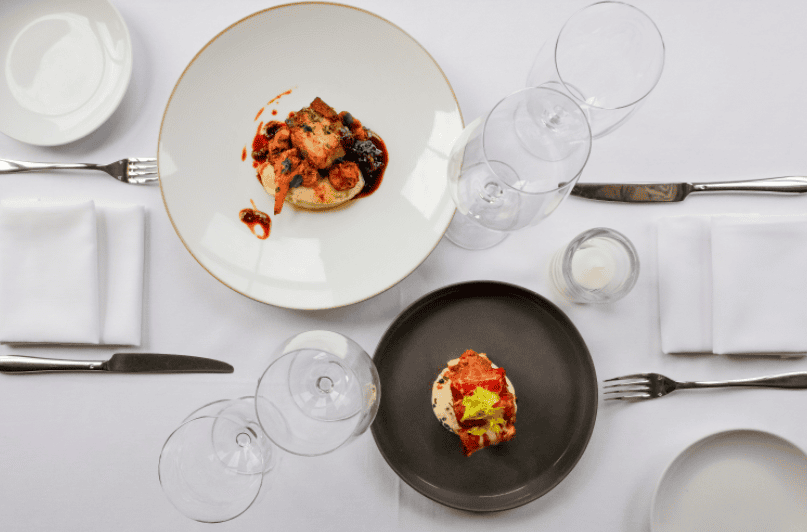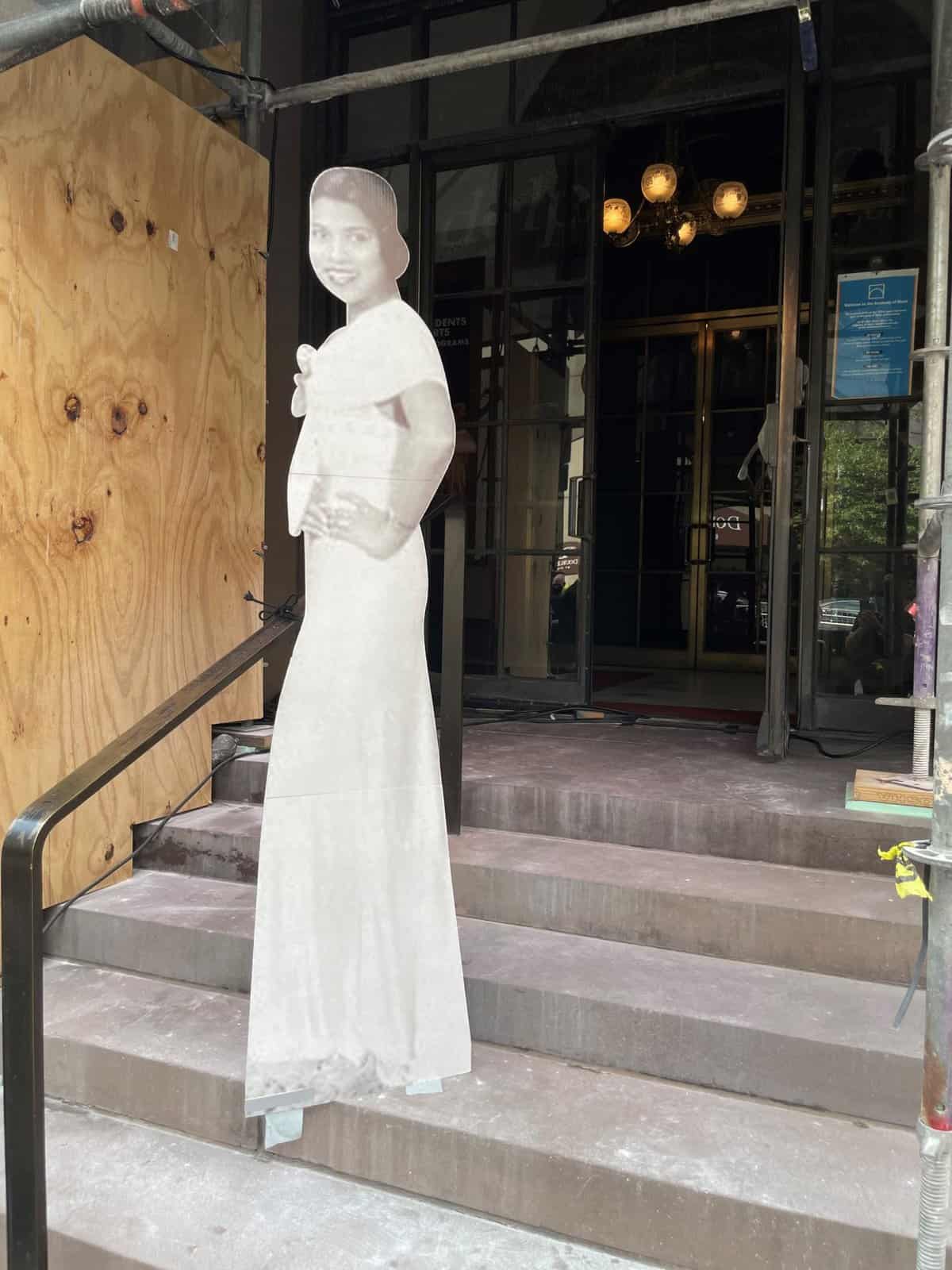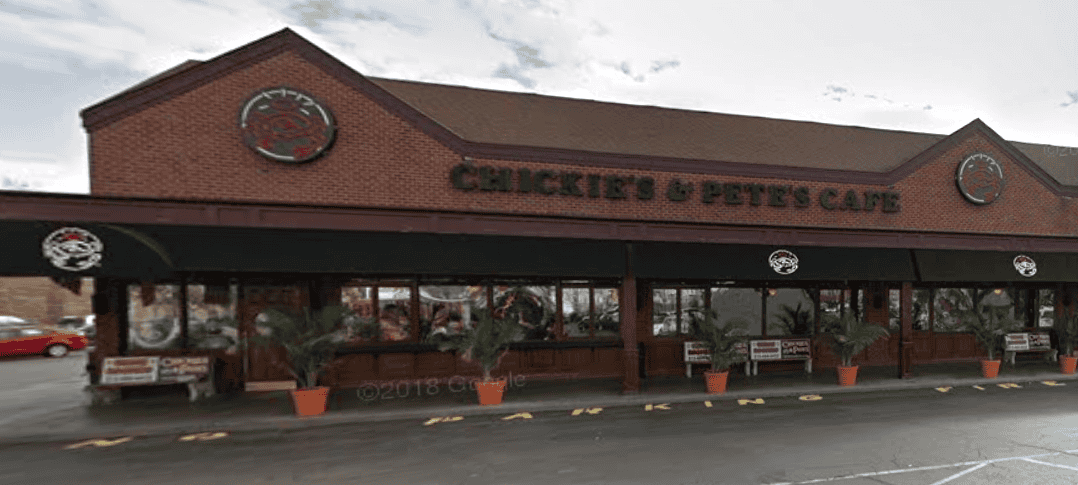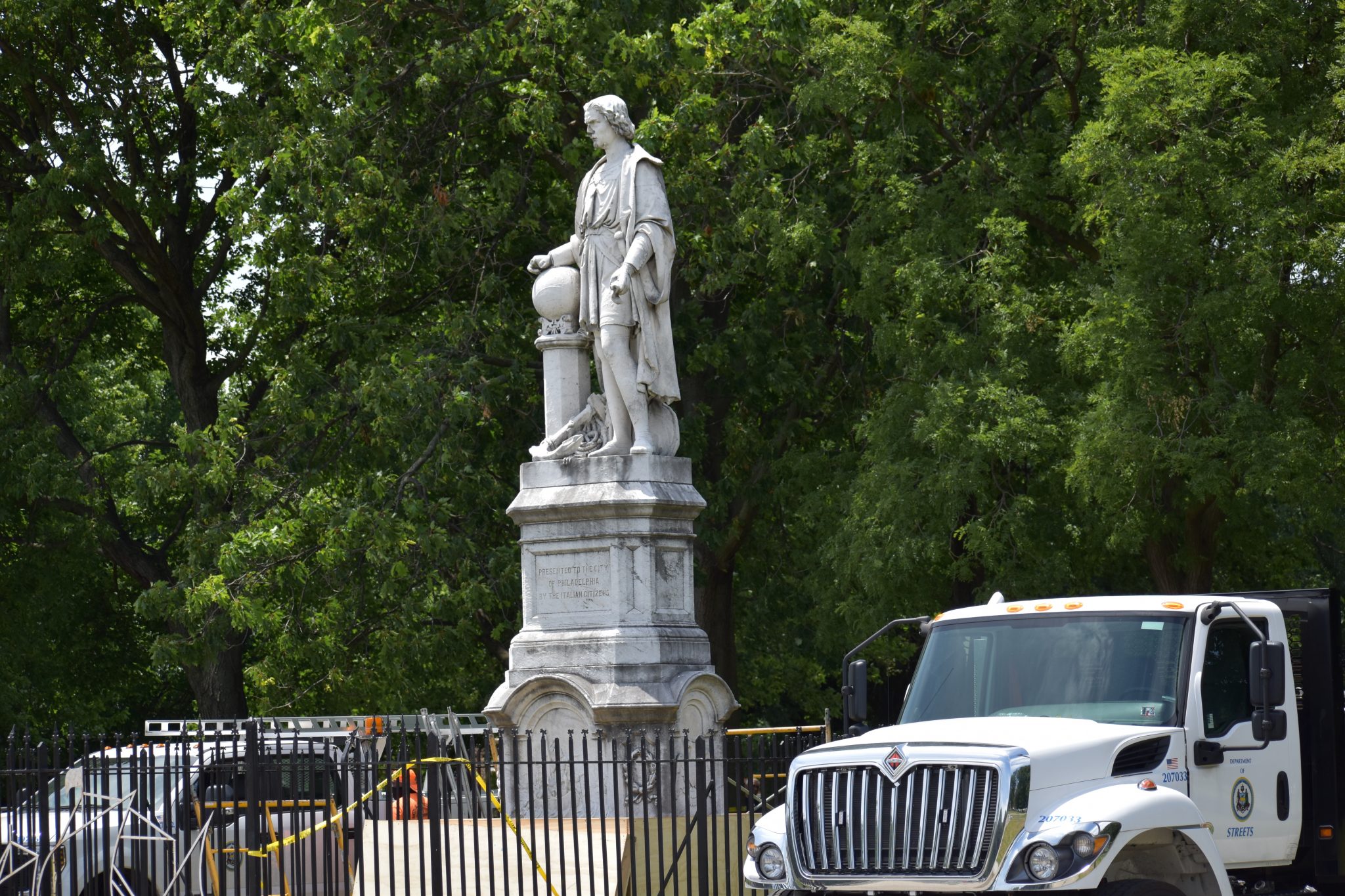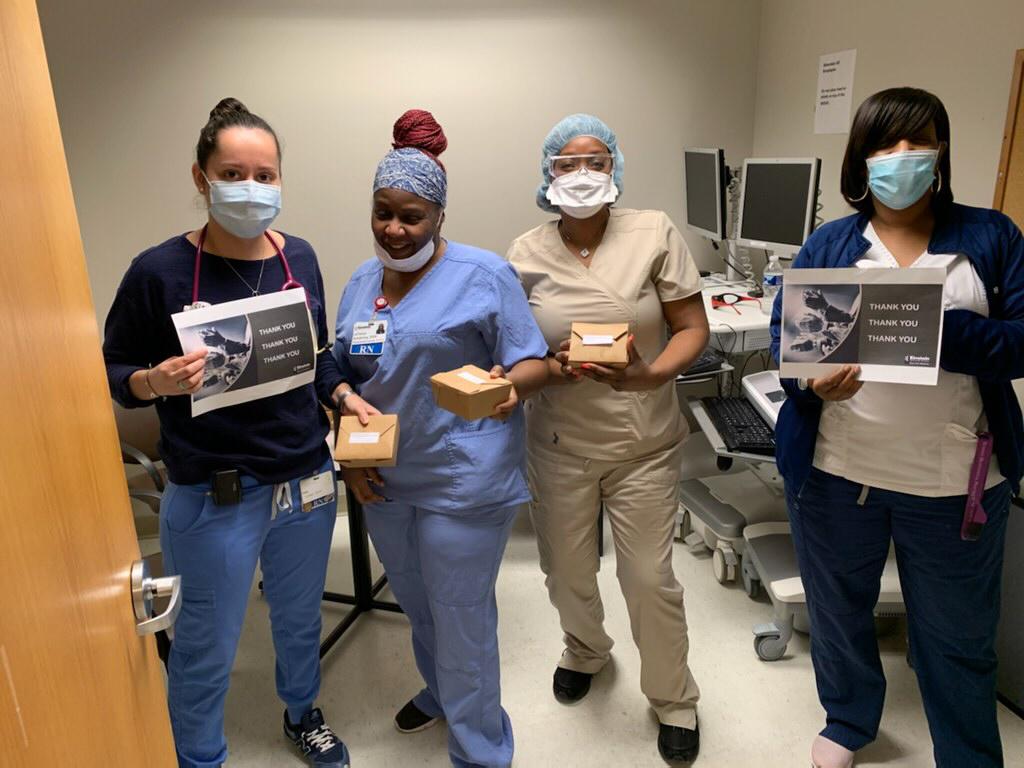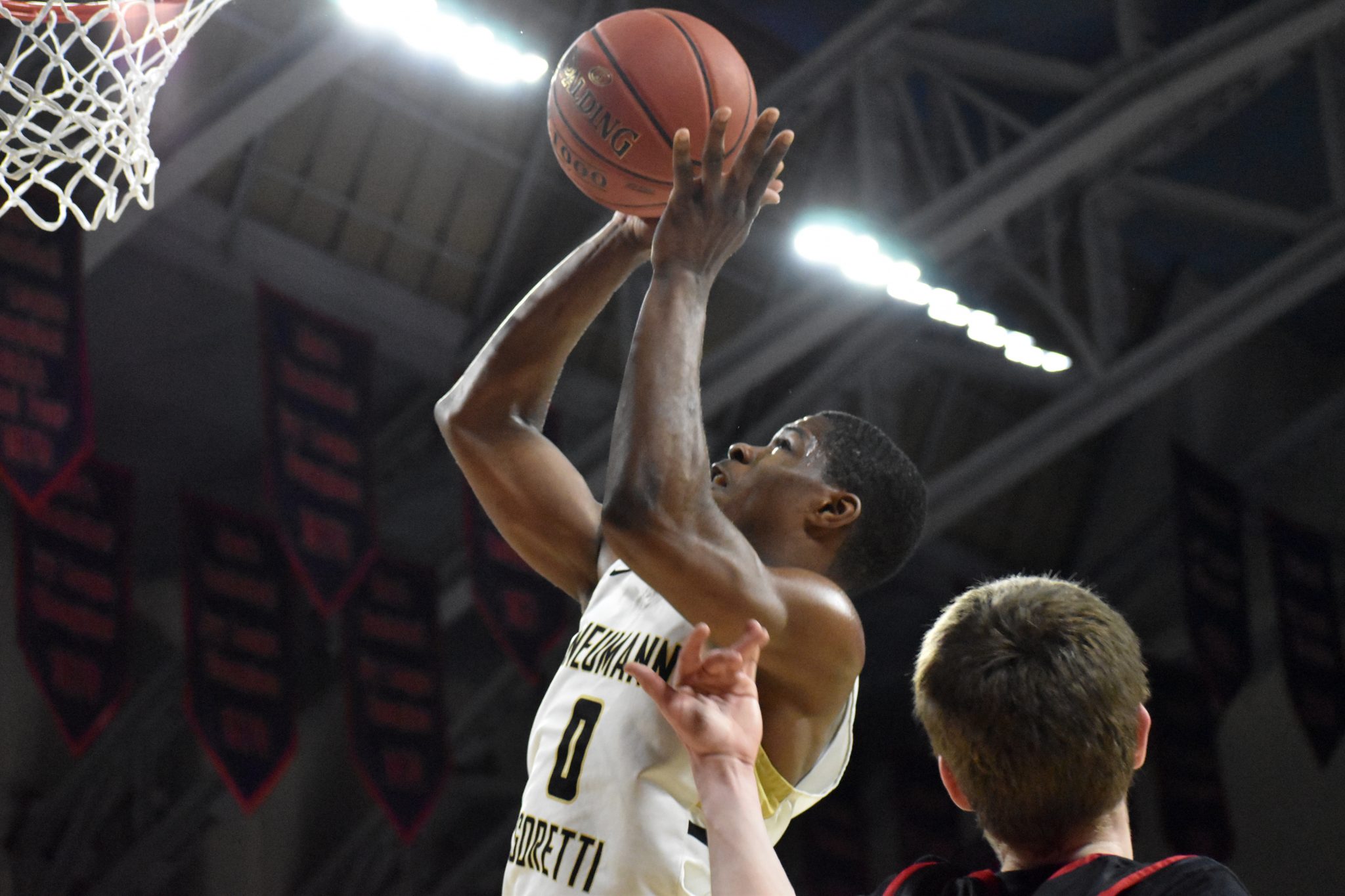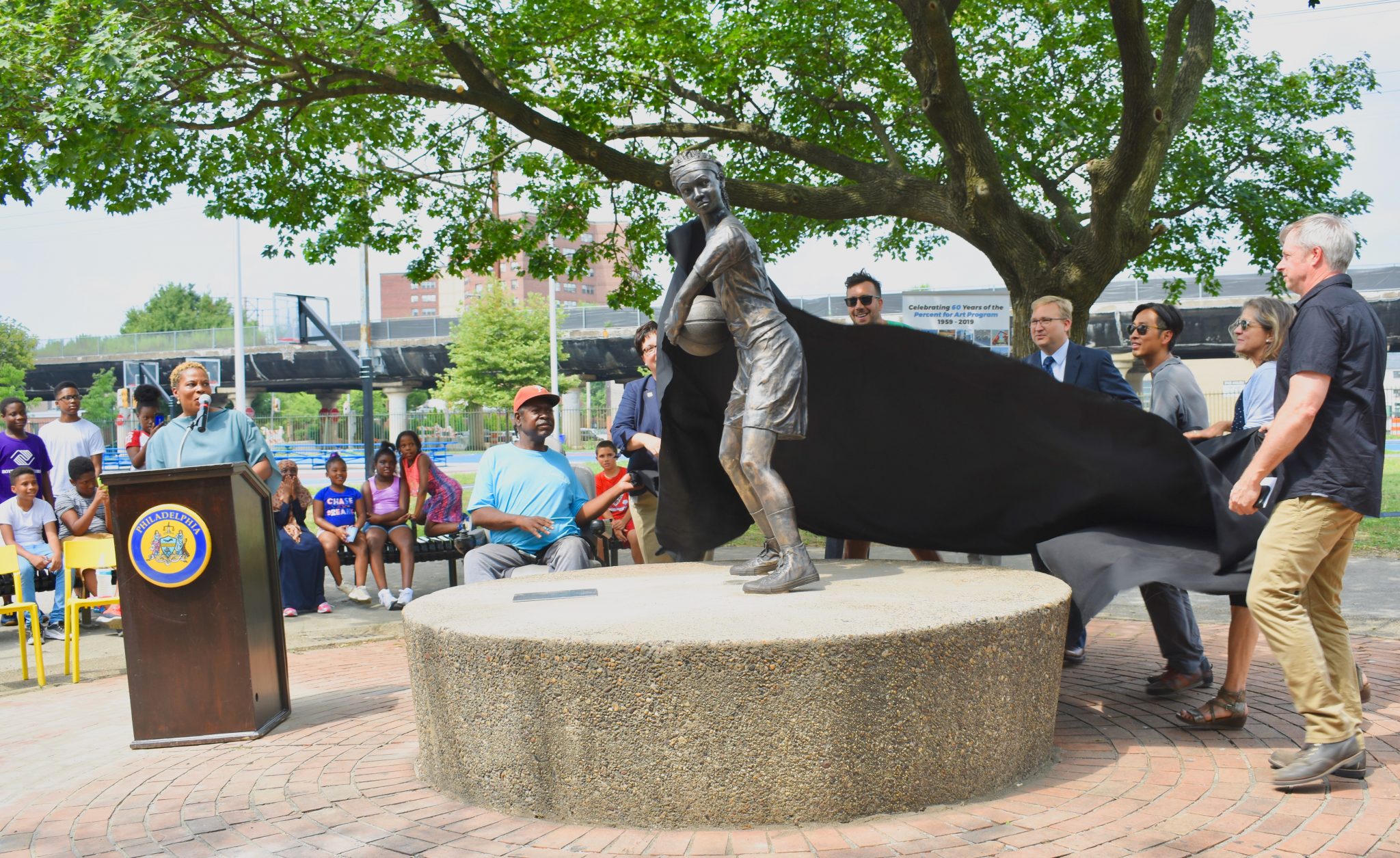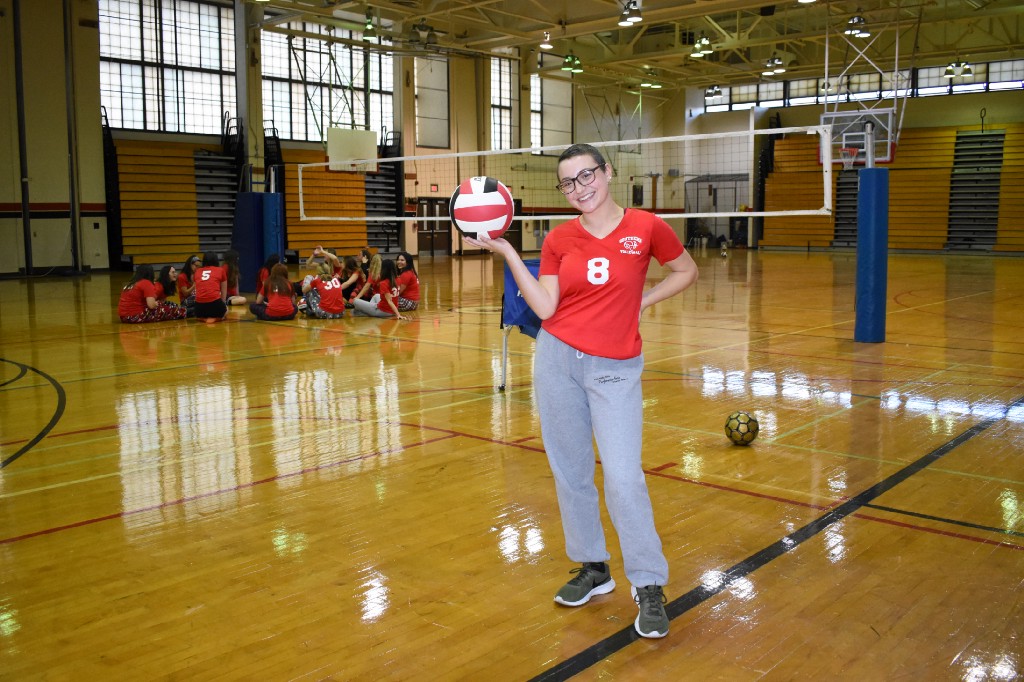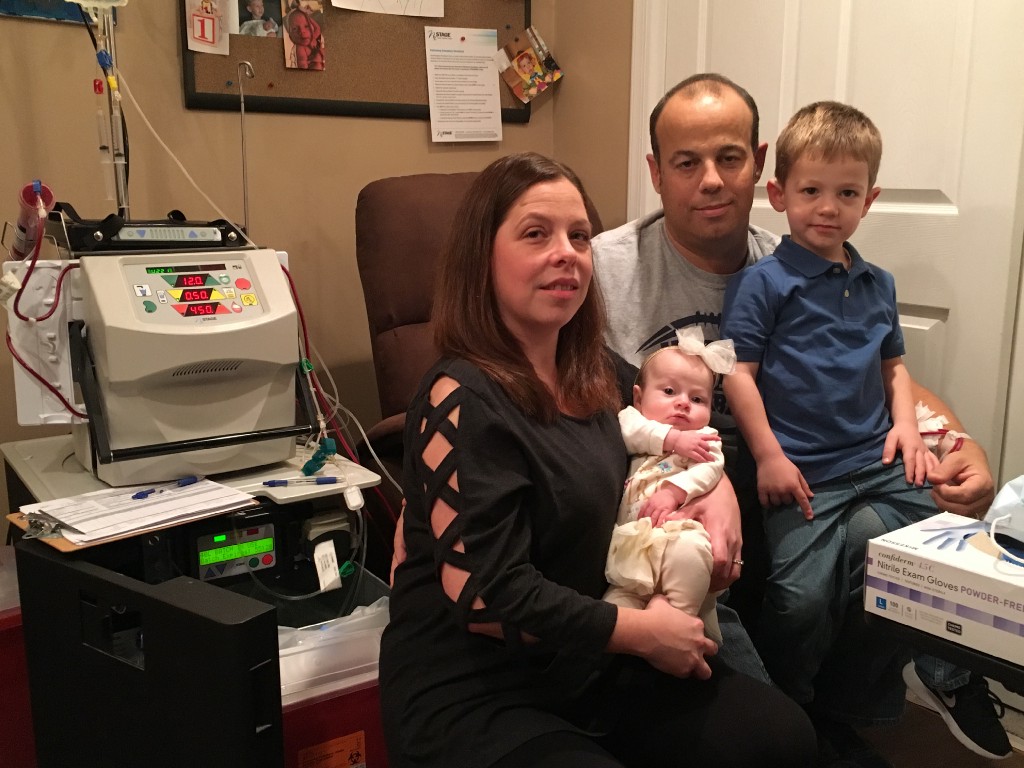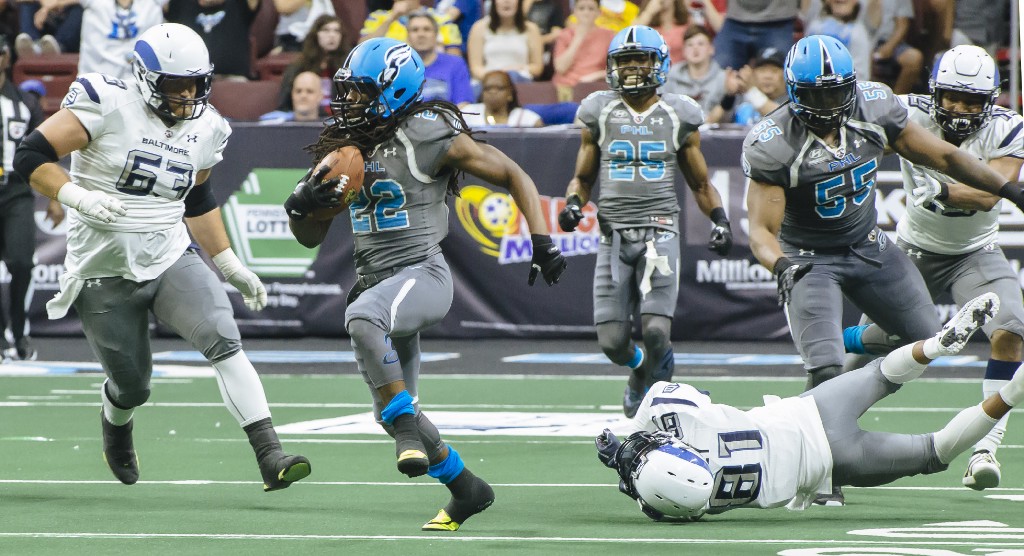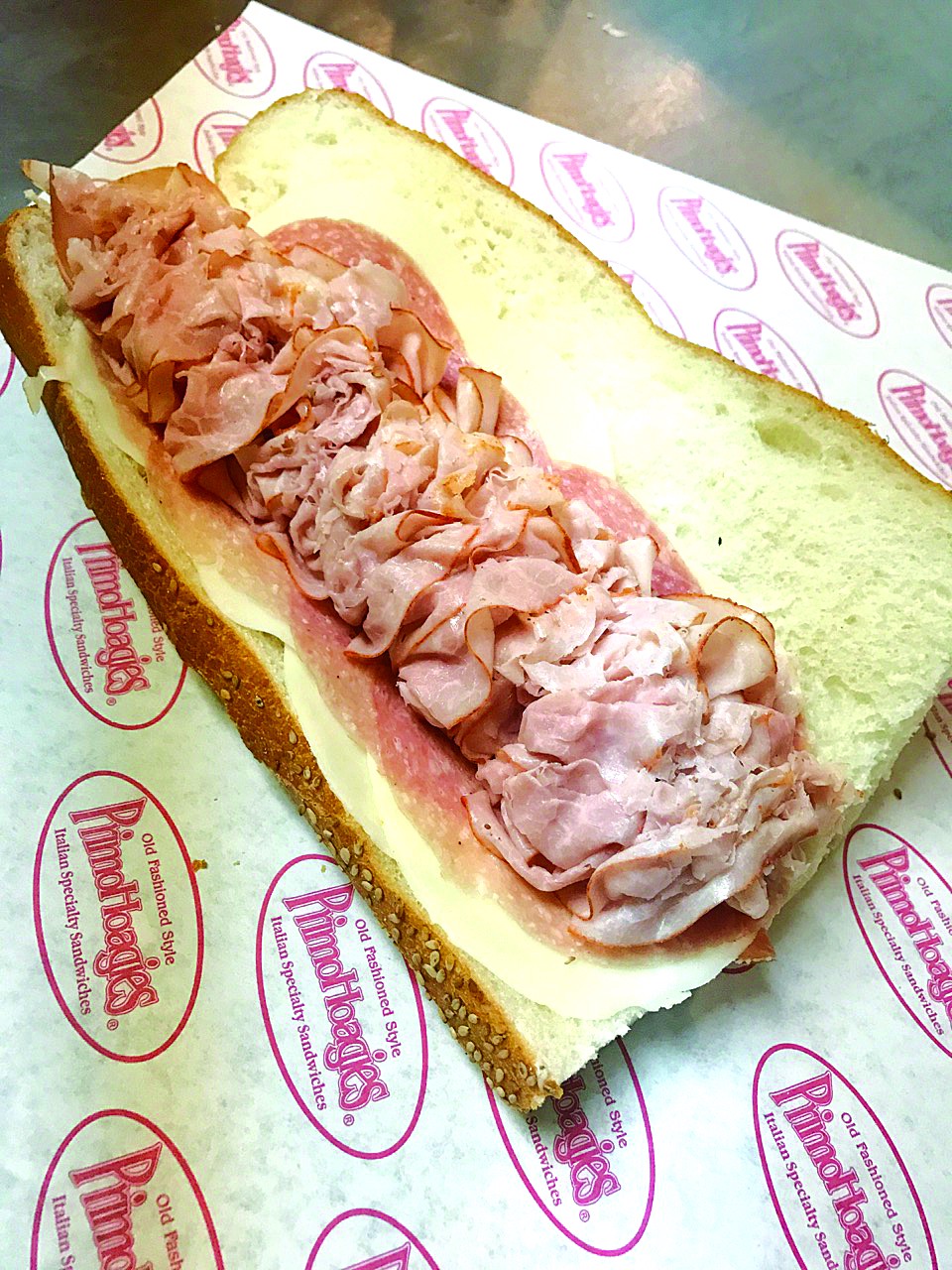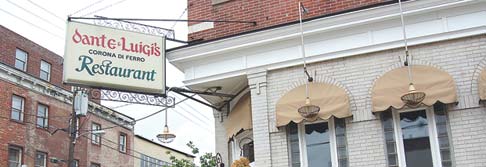

The names of more than 5,000 African American residents interred at the Bethel Burying Ground in Weccacoe Playground are one step closer to being recognized more than a century and a half later.
City officials shared updated site designs on Nov. 4 for the Bethel Burying Ground public art memorial during an event celebrating the historic burial site on the 400 block of Catharine Street in the Queen Village neighborhood of South Philadelphia.
As part of the redesign of the park, the memorial will feature white granite and concrete pavers engraved with inscriptions with biographical information of those interred. The pavers will be treated with a special coating that is water activated, allowing the inscriptions to become visible only in humid or wet weather. Other pavers will be blank, representing the interred who have not been identified and whose stories have not yet been brought to light.

Artist Karen Olivier, a Germantown resident who is a native of Trinidad and Tobago, designed the memorial after extensive research of historian Terry Buckalew.
“This memorial, like the best parks and playgrounds, will offer opportunities to expand, extend, gather, heal, reflect and celebrate,” Olivier said during a celebration at the park on Nov. 4. “Children will play, adults will relax and tennis balls will be hit. Life will go on, but we will remember. The power of this memorial is in our gathering.”
The Bethel Burying Ground was purchased in 1810 by the Trustees of Mother Bethel A.M.E. Church, and became an independent cemetery for African Americans following a time when African Americans were denied the right of interment in graveyards overseen by white churches.
The final interment occurred during the Civil War, and Bethel was sold to the city in 1889 with the intentions of transforming it into a park, which was named Weccacoe Square and exists today as public space with a playground with a tennis court.
It wasn’t until 2010, when a revitalizing effort of the playground and its facilities emerged and Buckalew brought the existence and history of Bethel Burying Ground to the attention of organizers. An archeological study followed, and plans were then altered to include and preserve the history of the park. But instead of keeping people off the sacred ground, the church, community and city all agreed to keep the land as public space while adding a layer of remembrance to the park.
 “In the 19th century, cemeteries were the closest thing to public parks in some parts of America, making them popular locations for picnics and family celebrations,” said Kelly Lee, Chief Cultural Officer for the City of Philadelphia and executive director of the Office of Arts, Culture and the Creative Economy. “So it is not inconsistent that this site can be home to both the Bethel Burying Ground, a place of remembrance, and the Weccacoe Playground, a place where families and children play and gather.”
“In the 19th century, cemeteries were the closest thing to public parks in some parts of America, making them popular locations for picnics and family celebrations,” said Kelly Lee, Chief Cultural Officer for the City of Philadelphia and executive director of the Office of Arts, Culture and the Creative Economy. “So it is not inconsistent that this site can be home to both the Bethel Burying Ground, a place of remembrance, and the Weccacoe Playground, a place where families and children play and gather.”
Mother Bethel A.M.E. Church was also on board allowing children to play on the paved-over burial grounds.
“Someone initially said we should just block off the entire thing and keep children off of it. We don’t want anyone to come around,” said Rev. Mark Tyler, pastor of Mother Bethel A.M.E. Church. “But what better place for children to play? And to come in here and engage and ask questions … Our hope is that when the children come and play, and when it rains outside, and the names are lifted up, that all the different things in this place, when children ask, ‘What does this mean?’ Or even for parents that don’t know, they’ll have an opportunity to learn something about the history of this country, in this place that is so important.”

The updated memorial design features the addition of a ramp at the entrance and additional landscaping and greenery, and it adjusts the positioning of two ornate gates to make them parallel, increasing their visual impact. Cradle graves that were included in the original design were removed to increase open space and the site’s capacity for play and programming.
“Part of my efforts as mayor and as a Council member was to bring the legacy of the people in this city who contributed to it but were ignored, whose history and contributions were literally ripped out of the history book in order to keep them down,” Mayor Jim Kenney said. “There’s 5,000 people buried here. That’s an amazing number and they all were individual souls. They were all people who raised children and did things for our community.”
The project was announced in 2021 but faced challenges and delays accredited to the pandemic, staff changes at the Office of Arts, Culture and the Creative Economy and contract development. The completion of permits and approvals is expected in March and construction is now anticipated to begin in the fall or early winter of 2024.

Some individuals buried at Bethel are believed to be founding members and architects of the black suffrage movement and those who fought against oppression of African Americans. It’s also estimated that 40 percent of the bodies laid to rest there were young children. Information on the residents in that area formerly known as the Southwark District is still being uncovered.
“Mother Bethel in 1889 sold this land to the city, and in my opinion, looking back on it, both the city and the congregation really failed in a very important way by not putting up something to remember the folk who were buried here,” Tyler said. “So how appropriate is it today that the city and Mother Bethel and the community come together and right this historic wrong.”
Seeing the names of the interred and learning about their history is one way of bridging the gap between generations.
“It’s important for these children, whether they are black or white or Hispanic or Asian, to understand who these folks were and what they did,” Kenney said. “I think this is one of the most important projects that we’ve undertaken and I’m so glad and happy to be a part of it.”







